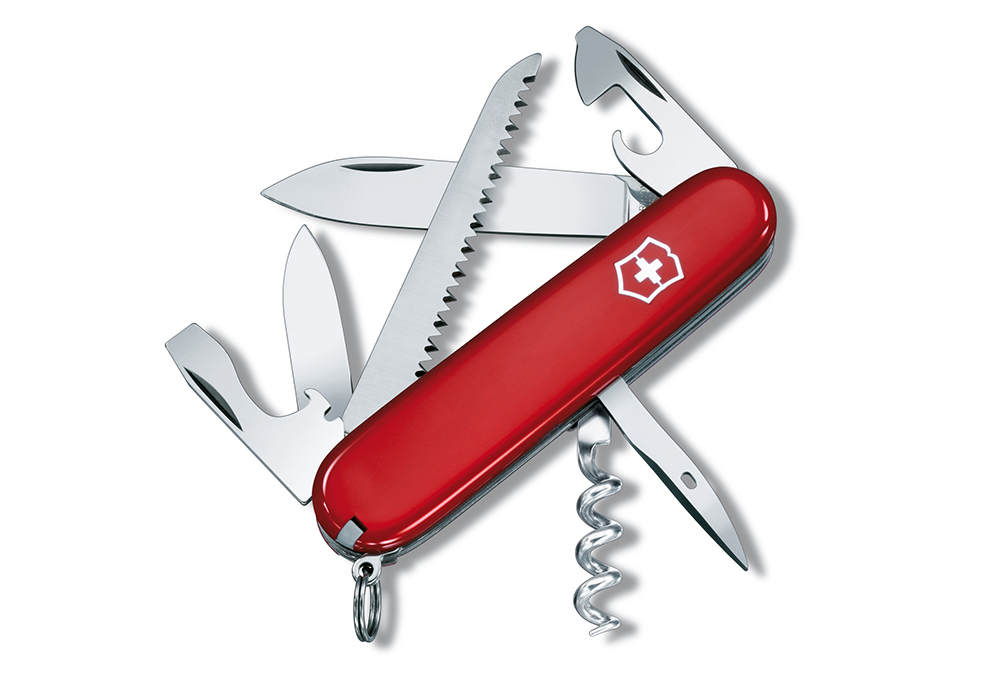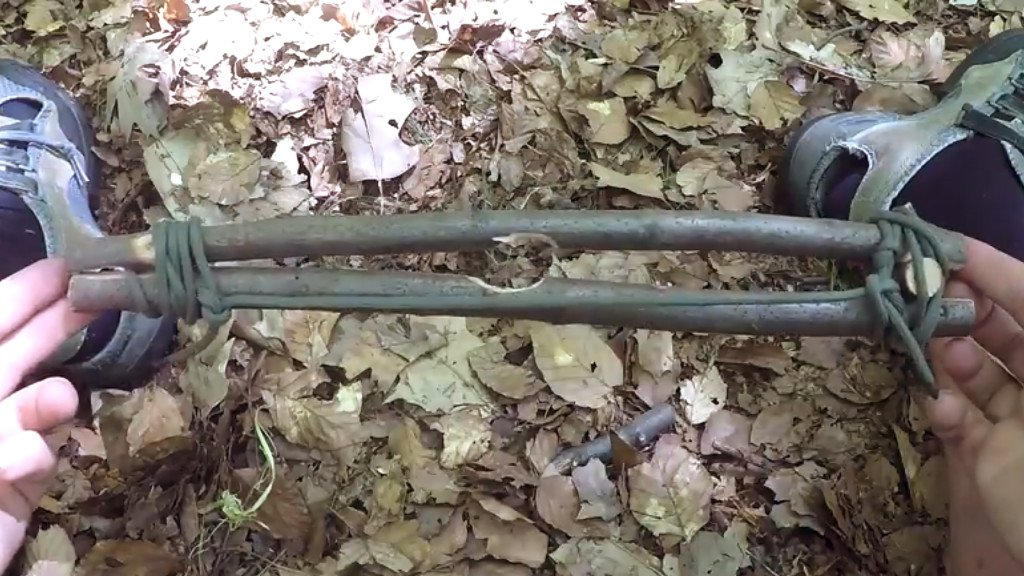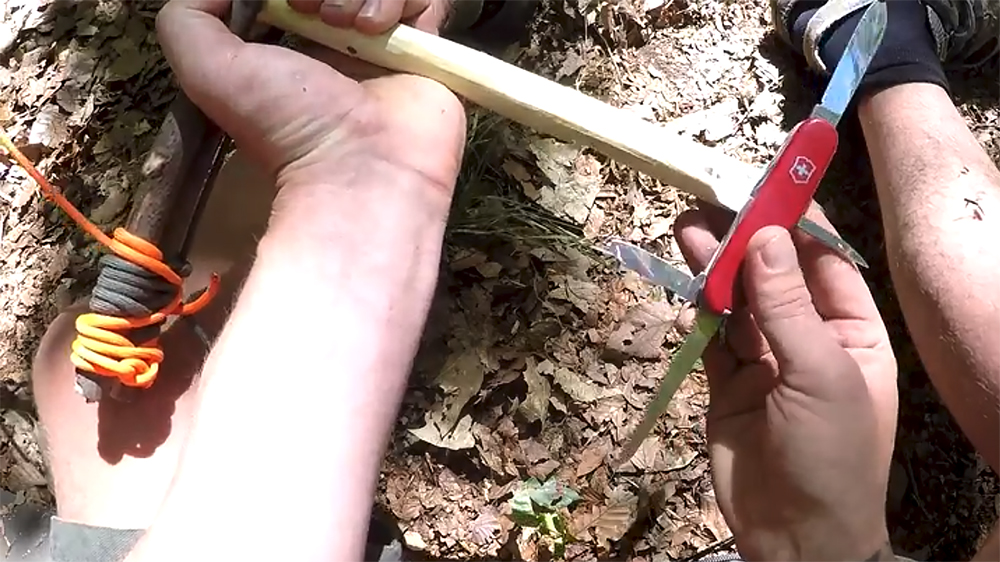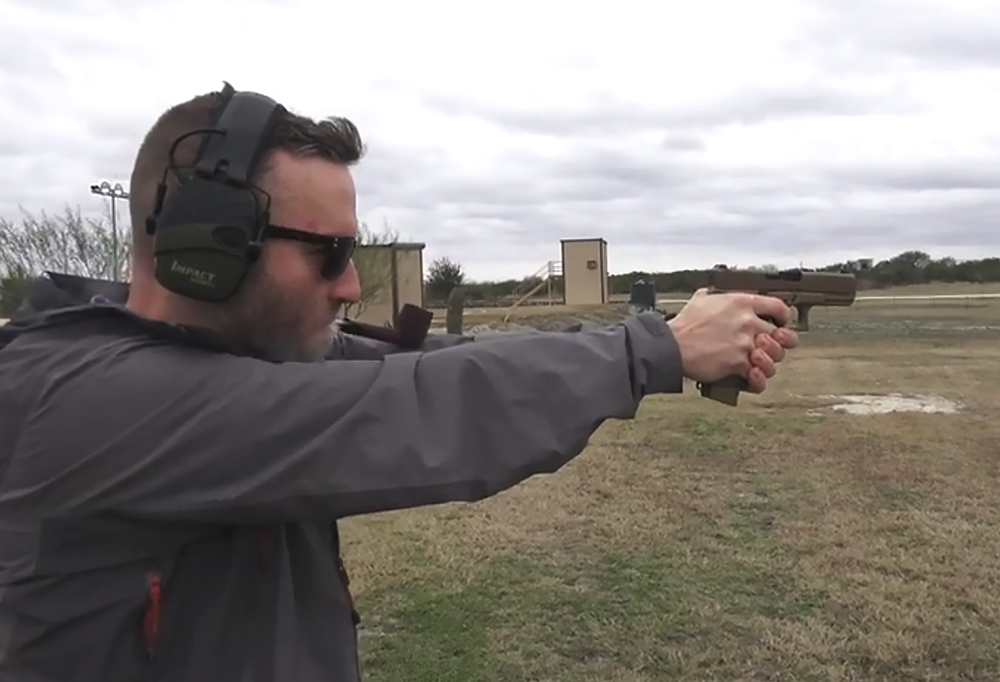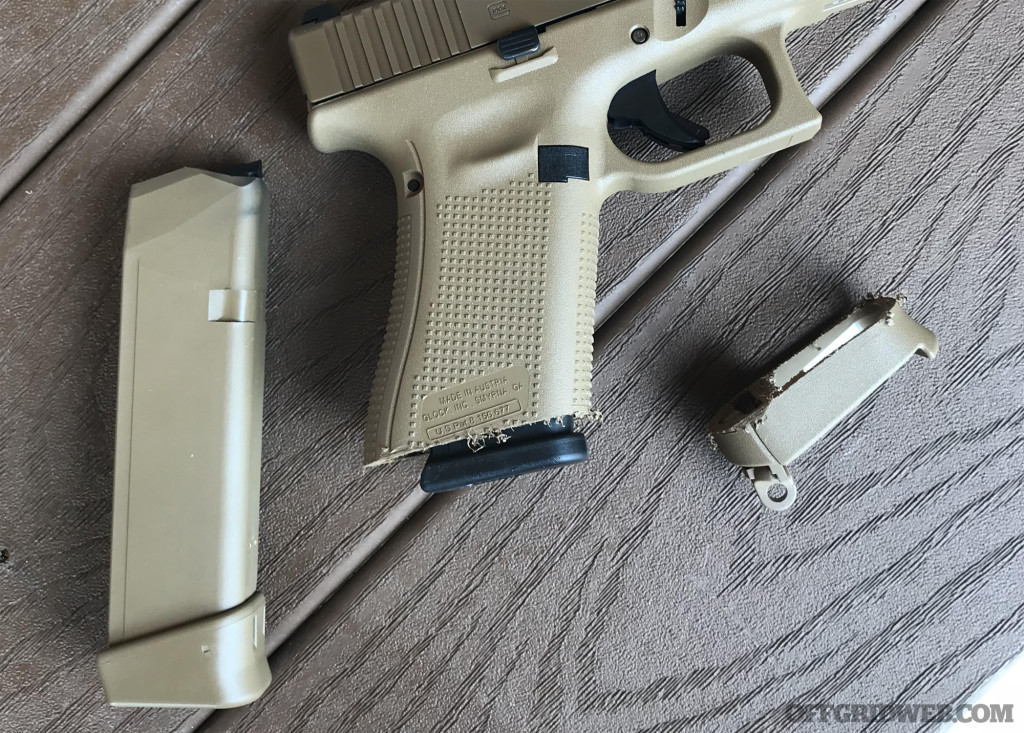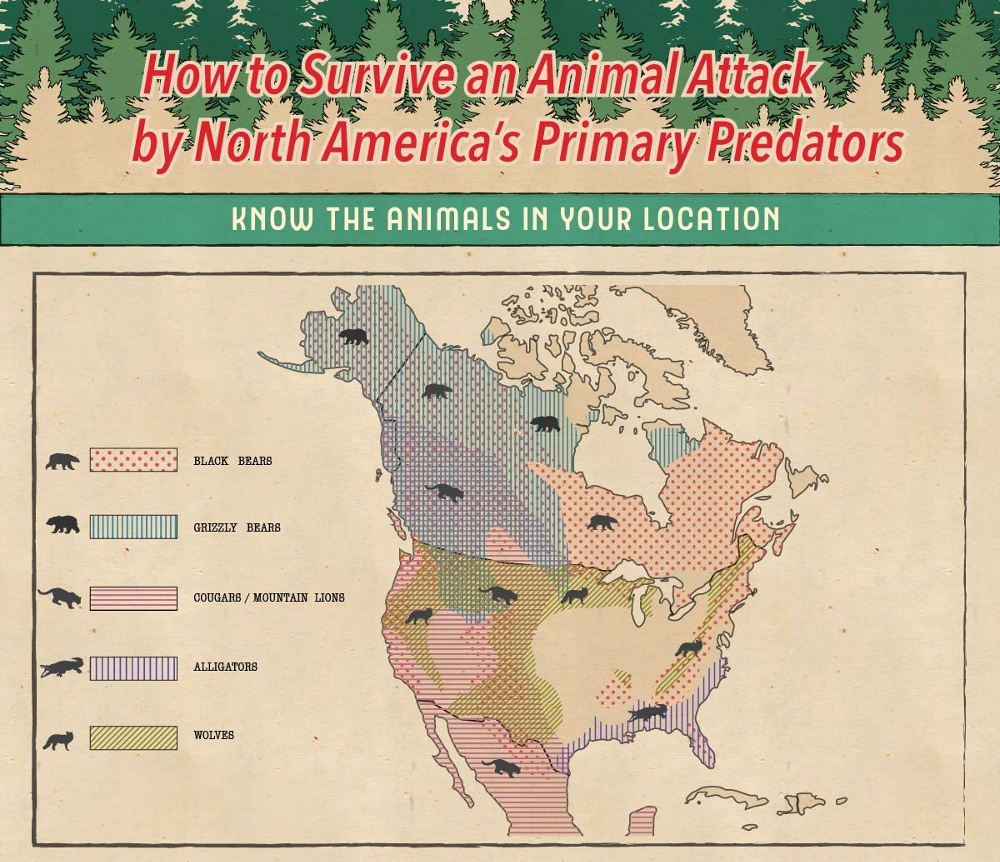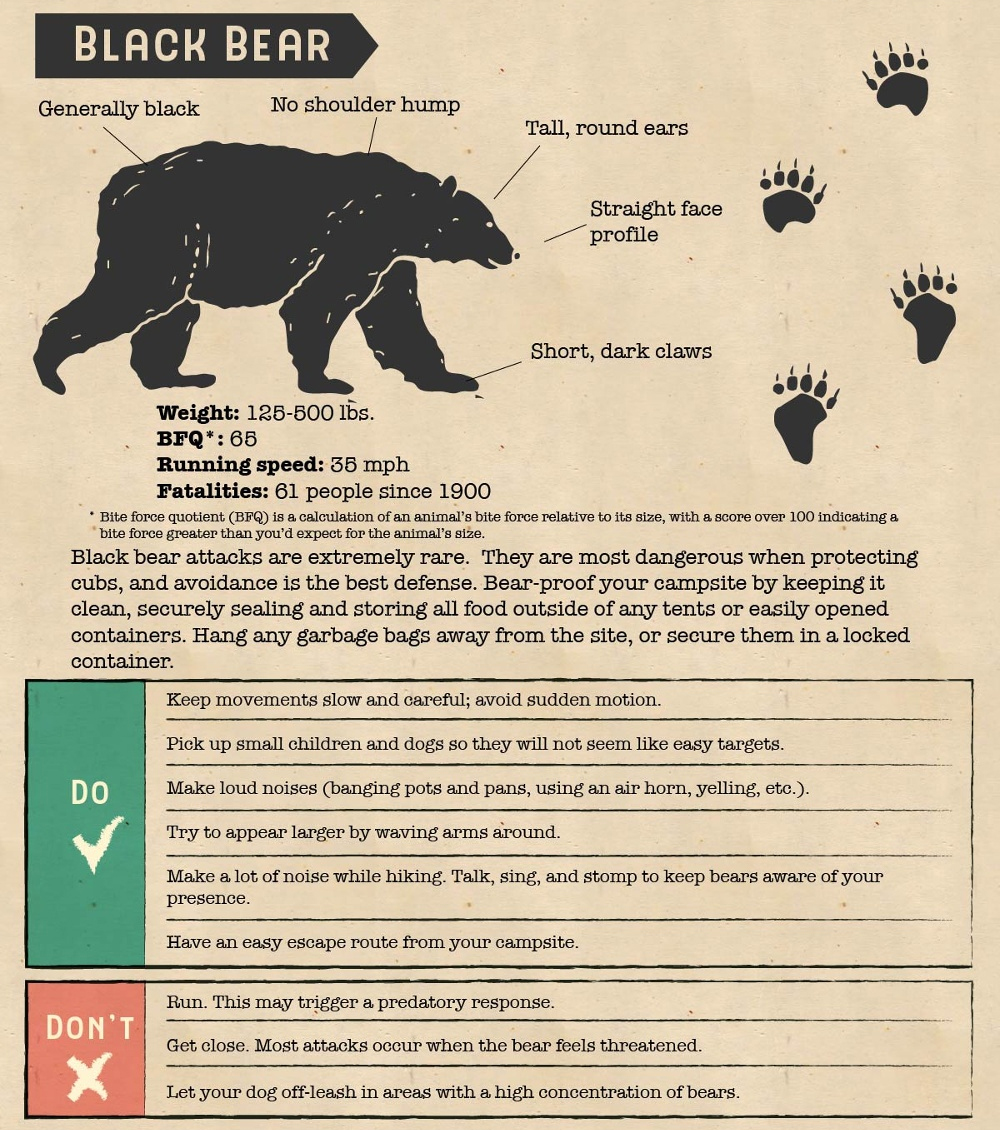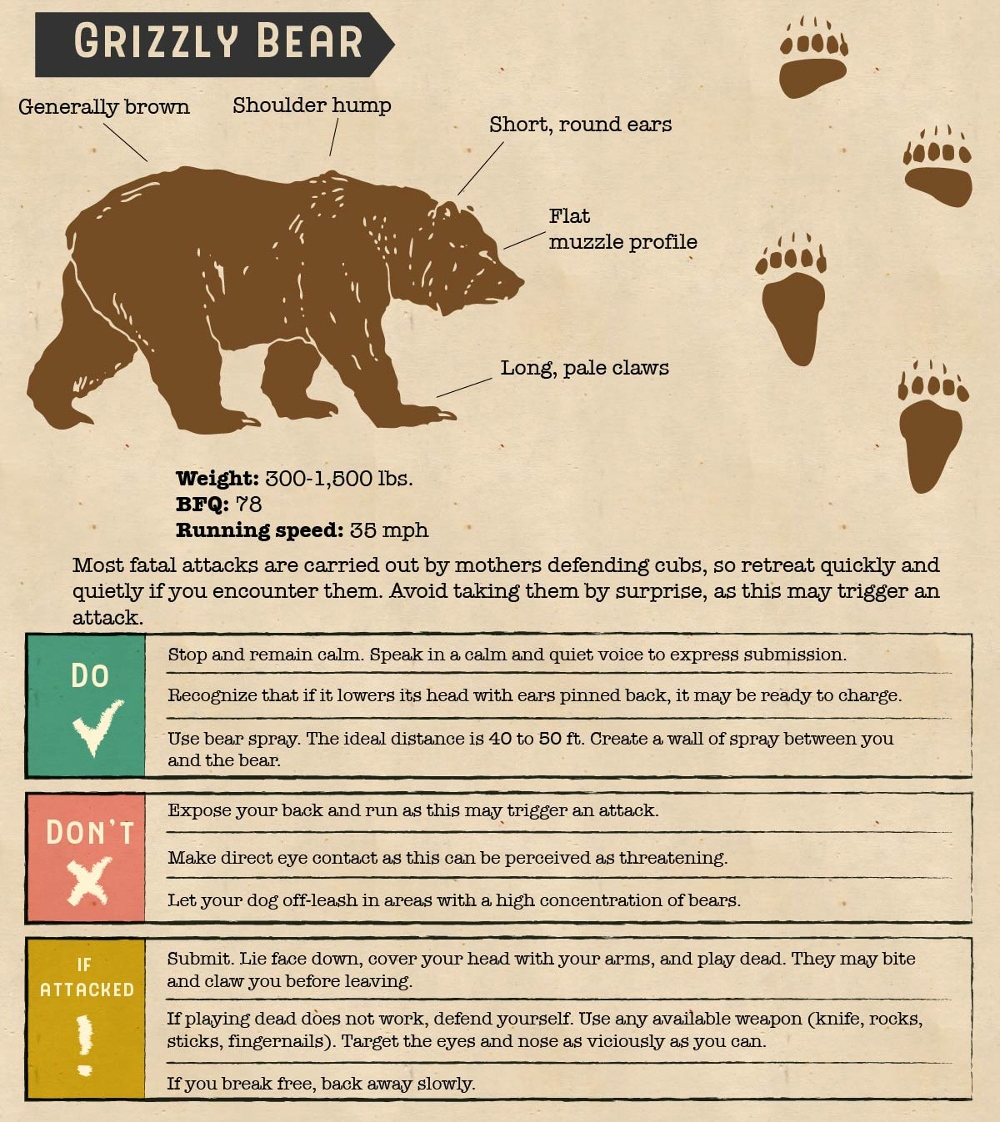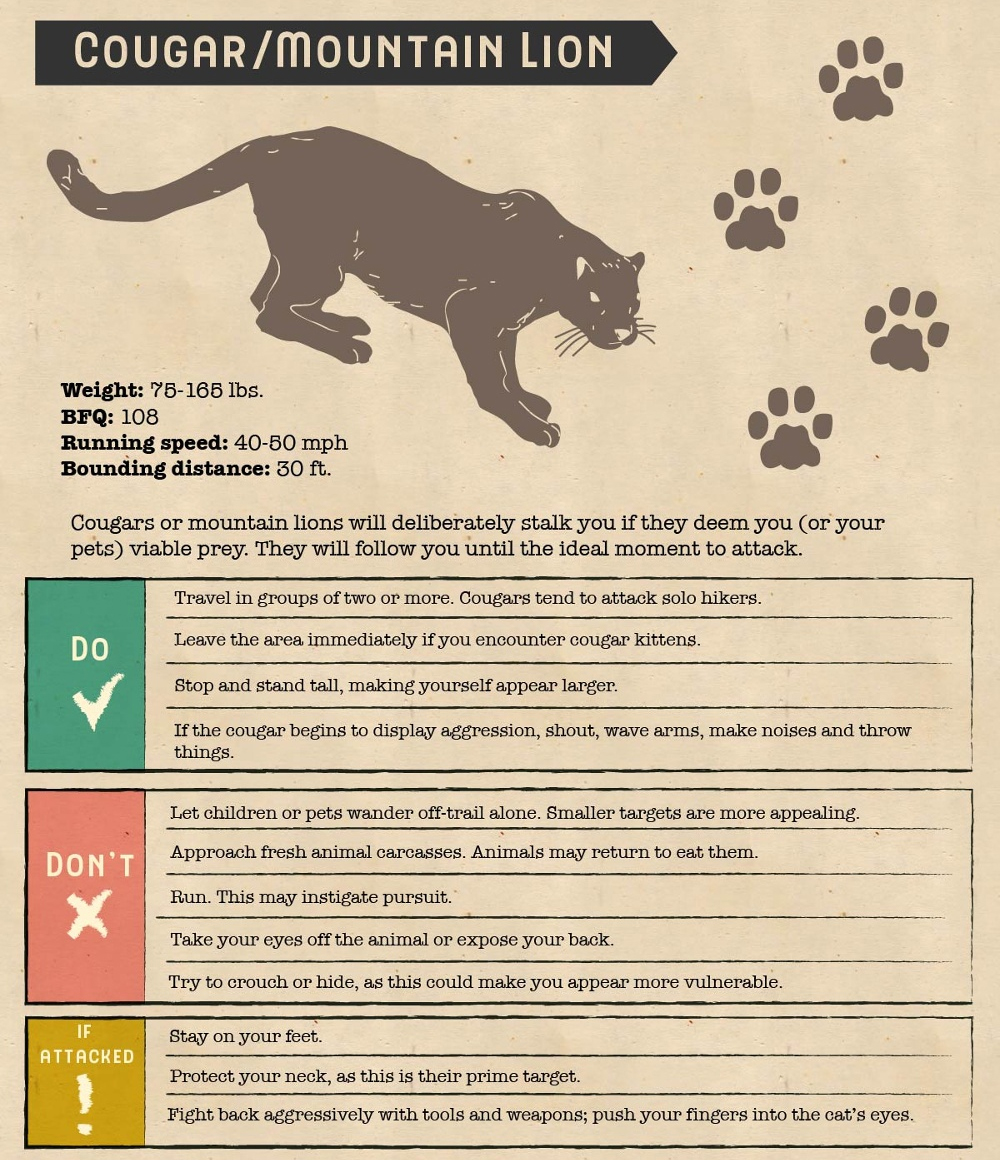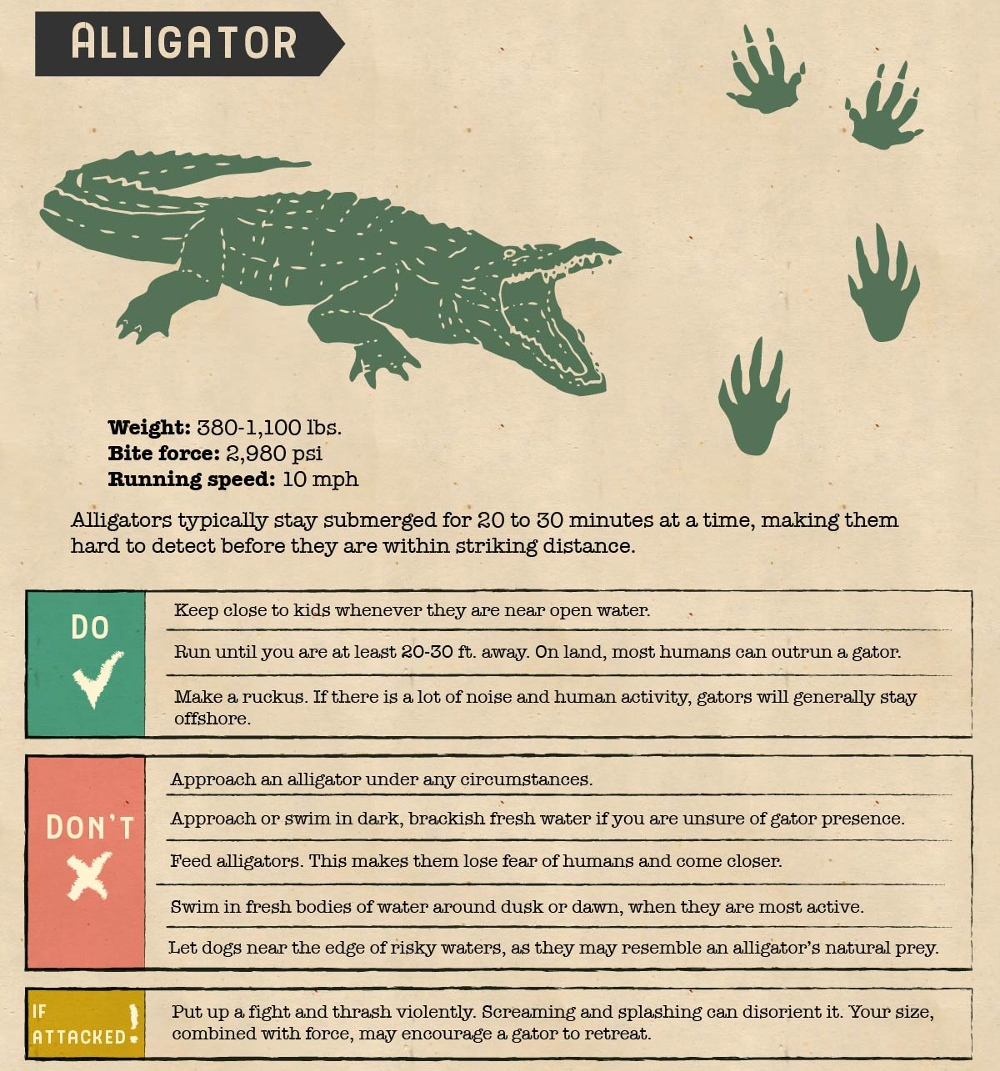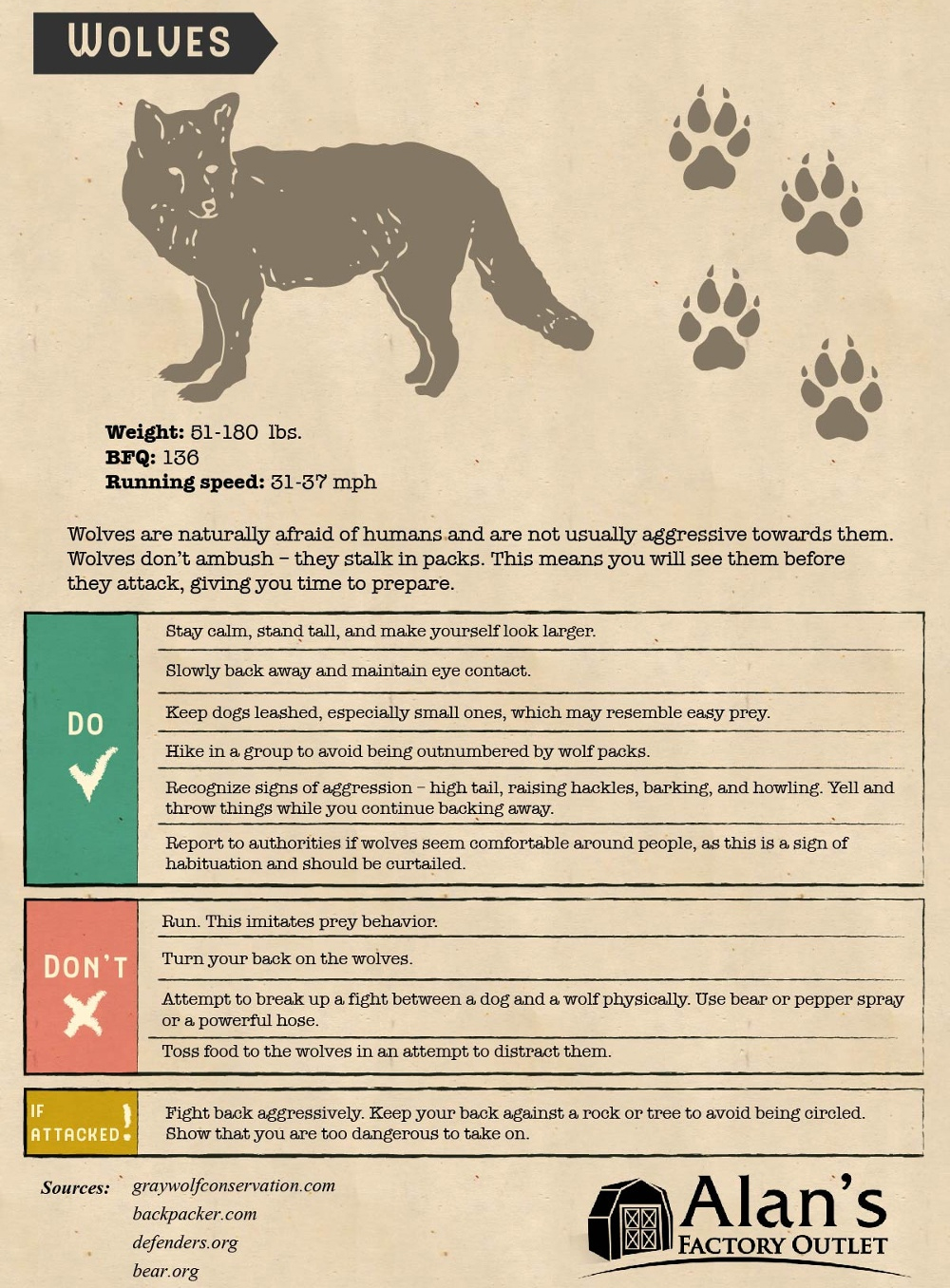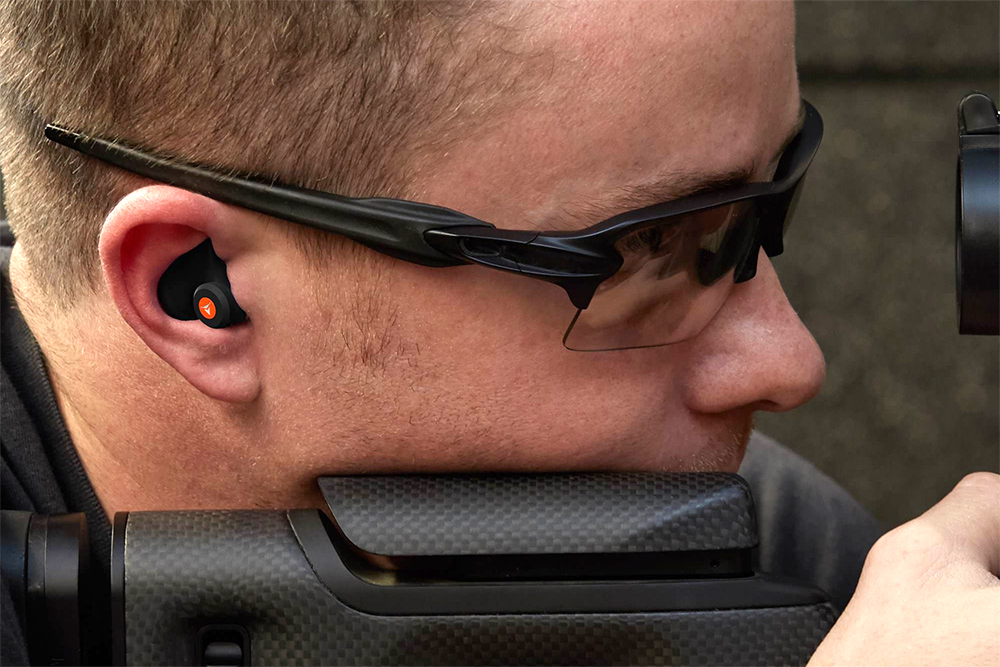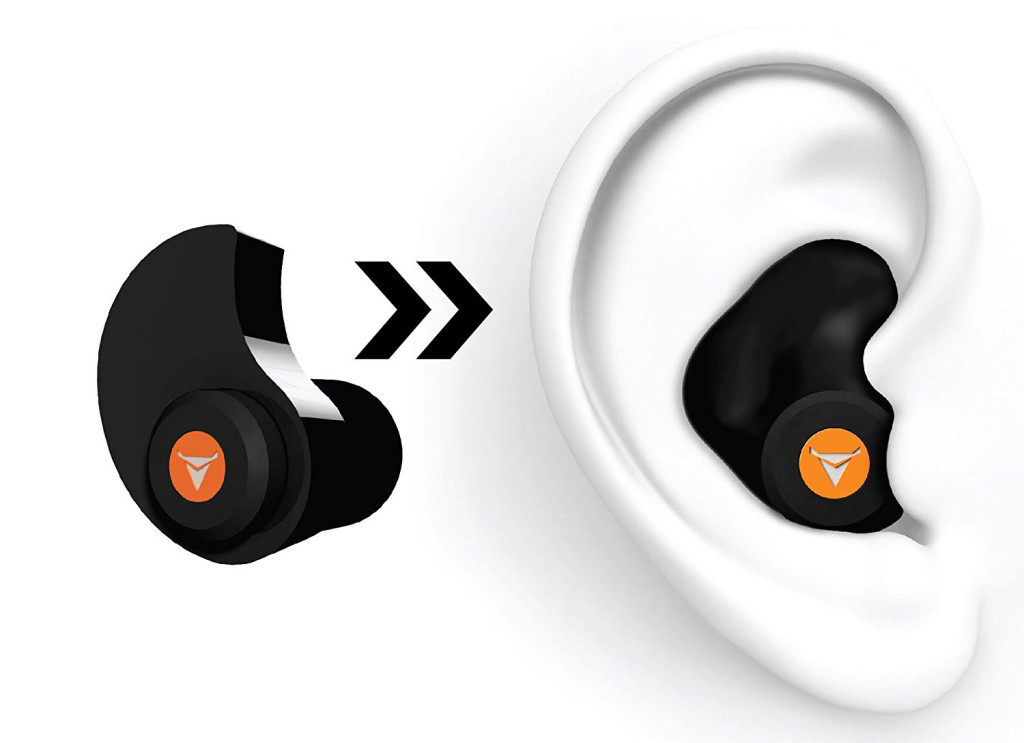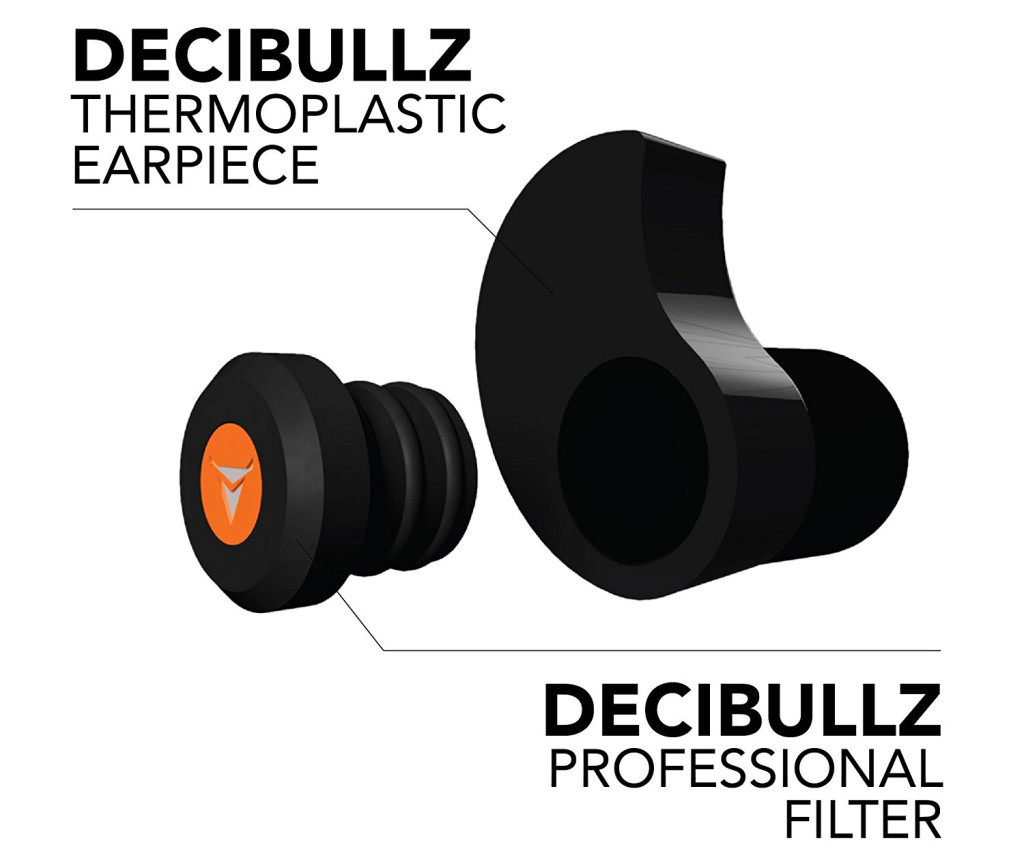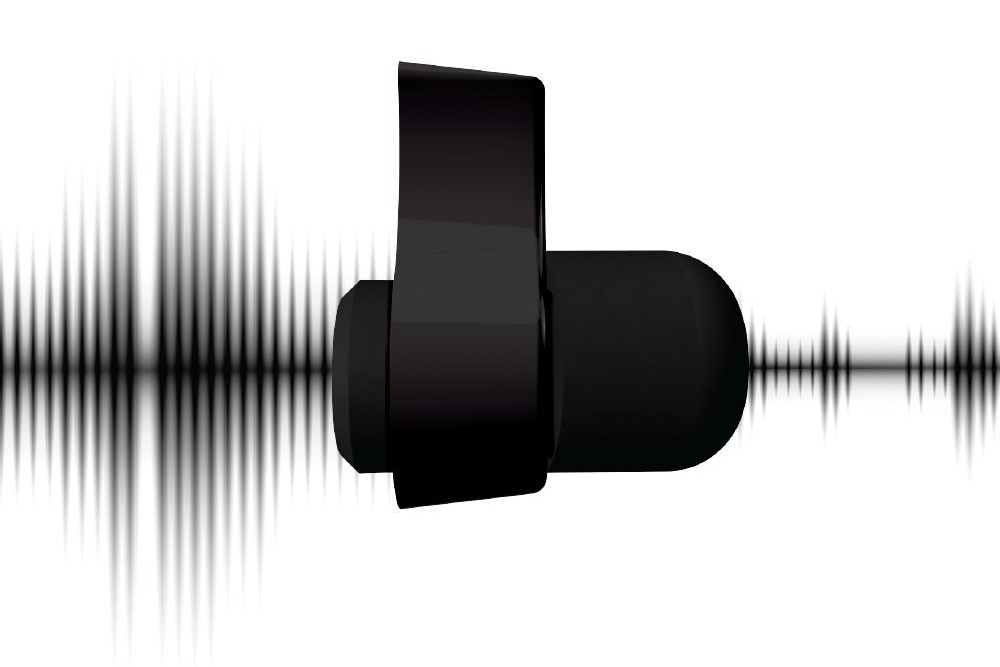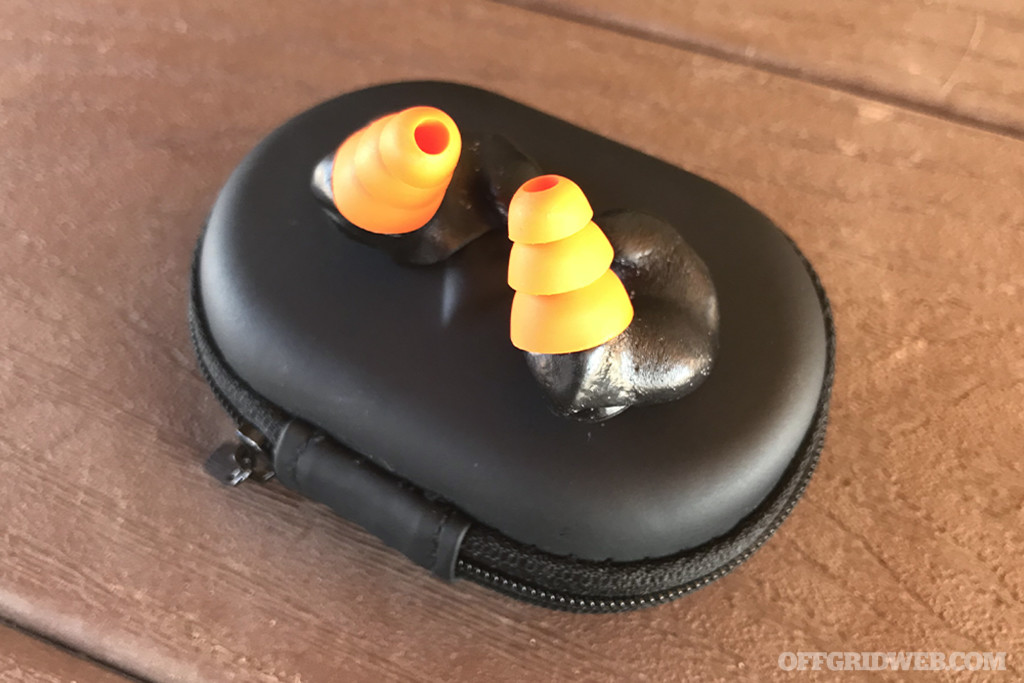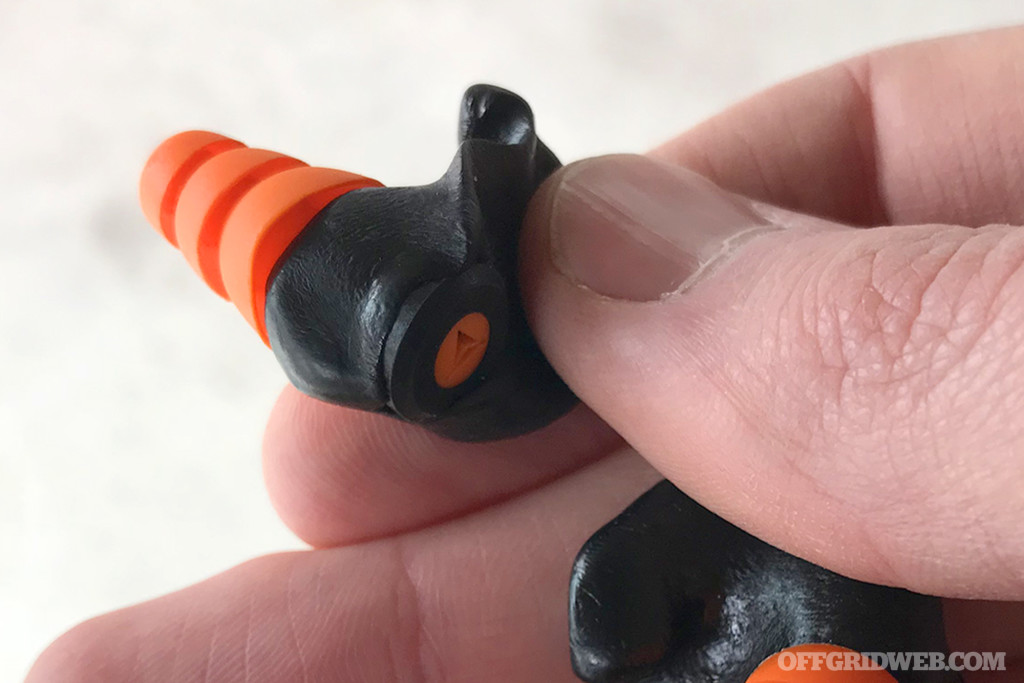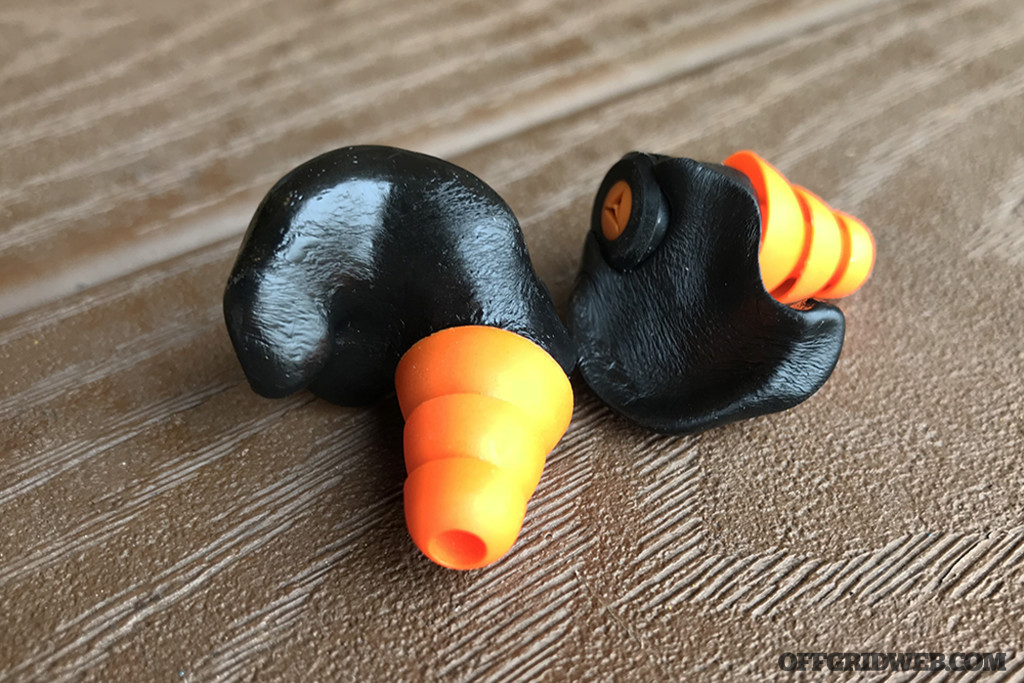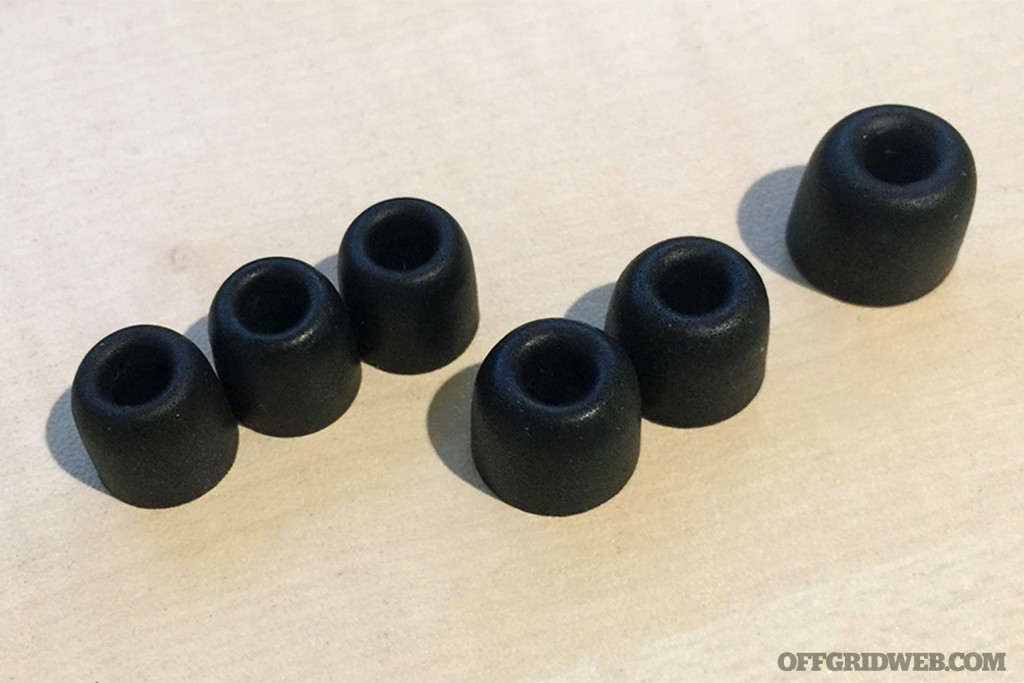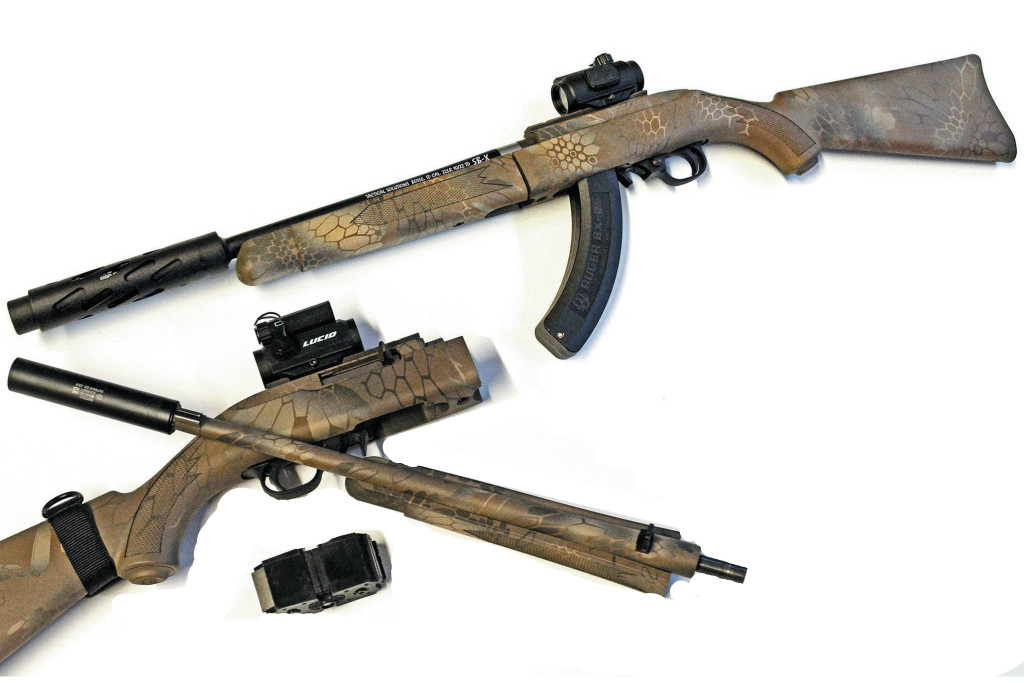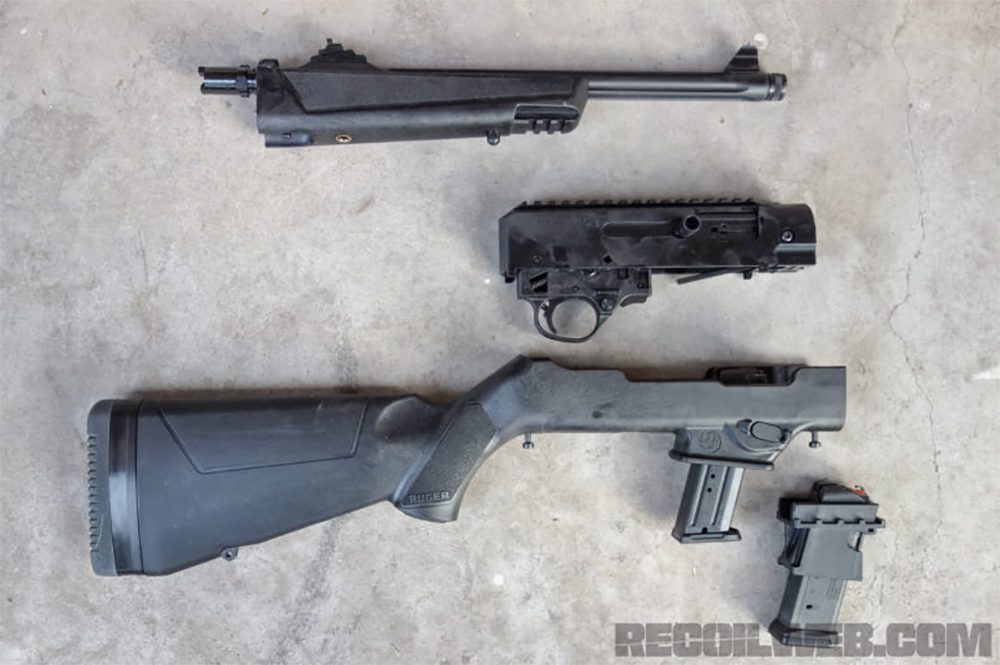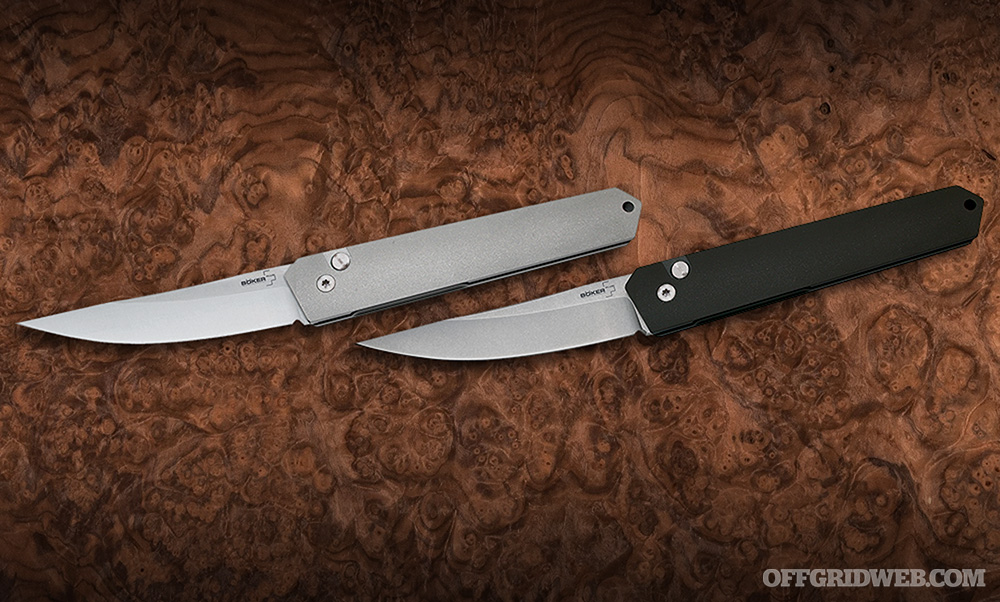In This Article
Although making a campfire is easy, there's some fine-tuning that can be done to improve its performance. Surrounding your fire area with rocks is a good way to control embers, direct heat, and provide a decent field-expedient cooktop for a small mug or pot. However, as a long-term cooking solution, hot rocks are unstable and inefficient.
In search of a better way to cook and boil water in the backwoods, we got seven mini wood-burning stoves from the big names in the outdoor industry. Each stove has something a bit unique to its design. We were also sure to pick wood stoves from a varying price range that are original designs, not the flimsy knock-off ones on eBay. Check them out below, and consider if one of these would make a helpful addition to your camping pack or survival kit.
BioLite CampStove 2
Price: $129.95
Weight: 2.2 pounds
URL: www.bioliteenergy.com
We are no stranger to BioLite's offerings. They were one of the first to include a thermoelectric generator in their wood burning stoves. For those who don't know, it's a device designed to turn heat into electricity. This electricity is then used in two ways: powering the fan that makes for a more efficient burn, and allowing you to charge electronic devices like a smartphone or headlamp. The updated CampStove 2 has a few noteworthy upgrades, including 50% faster electricity generation, better and more stable leg design, and an LED display panel.
Pros:
- Produces electricity and stores it in a 2600mAh battery
- Fan with 4 speeds provides a light smokeless burn to a towering inferno
- Removable battery pack so you don't need to drag the stove with you to charge
- Compatible with existing BioLite accessories
- Increased air flow really helps knock down the smoke produced
Cons:
- Fairly heavy at 2.2lbs for just the stove
- In order to pack both the stove, kettle and grill your looking at two people unless car camping
- Have to remove pots/pans in order to add more wood and check on fire
How does it burn?
After catching some birch bark, the fiery vortex we were greeted with as the flames had oxygen forced into them was something to behold. The fan settings made it easy to adjust the temperature output. The kettle accessory made boiling up to 1.5L of water a cinch, however, the top is a bit of a pain to attach. The stove can be nested into the kettle to save on some space in your pack. The coffee press (an optional accessory) works fantastically, so if you happen to have some coarse-ground coffee on you, go for it — it works with your kettle. The press can also be used with spruce bow to make a spruce tea without any bits in it.
The last large accessory that comes in the kit is the grill. The grill has a plastic cover that keeps your pack clean. Once you remove it, you fold down the two legs and place the hole on top of the stove. The heat from the fire will flow into the grill, and when you need to add more wood, lift the little cover and drop some in. Just make sure to check on the fire from time to time, as you cant really see whats going on in the stove.
Bushcraft Essentials Bushbox XL
Price: $93.04
Weight: 1.76 pounds
URL: www.bushcraft-essentials.com/english
Hailing from Germany, the Bushbox XL is a folding stove that can burn wood or hold a Trangia stove. This mini wood stove holds a ton of wood for its relatively small packed size. The unique hinge design works really well and setup is a breeze. The included trivets store on the sides of the unit — like most German designs, every square inch is appropriately utilized and overbuilt.
Pros:
- Easy to set up and very adjustable
- Holds a fair amount of wood for a roaring fire
- Can use Trangias also
- Several accessories available to add further functionality
Cons:
- A bit on the heavy side, but if you have some more money, you can get a titanium version
- Will burn the ground
How does it burn?
The Bushbox XL has a large internal area to fill with wood and tinder. Some of the other stoves in the review require you to be careful when starting a fire — getting sparks into the tinder isn't easy with the smaller models, and adding too much wood to them can choke the fire. So, we appreciated the large amount of cutouts on the Bushbox. They allowed ample airflow to get to the fire.
The trivets could be placed on top as a pot stand, or inserted inside if a Trangia is more your speed. The large rectangular opening on the side made tending to the fire a cinch. We got the grill plate to use with the stove allowing for smaller items to be roasted on top. The steak we cooked slowly over some coals turned out great. This stove is built like a tank, and has sturdy German engineering to last you a lifetime.
Firebox Folding Nano
Price: $69.99
Weight: 0.25 pounds
URL: www.fireboxstove.com
This stove made our list because like the Bushbox above, it can pair with a Trangia stove. The big difference is listed in the name — this thing is quite small, and can disappear in your pocket for a long hike. The ability to burn alcohol is very useful in dry seasons when burning may be restricted, or if you want to simmer your food.
Pros:
- Smallest of the stoves
- Able to burn wood and use a Trangia
- Extremely light weight
- Pot supports can be rotated to support large pots or small cups
- Several compact attachments available for it
Cons:
- Will burn the ground
- May be too small for some users
How does it burn?
The Nano burns just as well as any of the other folding stoves on the guide. The relatively small size does mean you will be adding fuel to it fairly regularly. If you happen to watch any of the YouTube videos Firebox puts out, you will see different methods for burning in it. It comes in both stainless and titanium, depending on what you are looking for.
We found it a bit small too small to make effective use of the grill plate, but the flame guard worked really well at keeping the heat off your pot handles. We liked that the pot supports can be rotated to stabilize larger pots or pans.
Kelly Kettle Ultimate Scout Kit
Price: $84.99
Weight: 4.65 pounds
URL: www.kellykettleusa.com
When it comes to having the full kitchen in your pack, the Ultimate Scout Kit might actually have you covered. With it, you can grill meat, boil water, fry stuff, cook soups, and likely a bunch of other things. The stove allows you to boil water in the kettle, while the pot support can sit on the top so you can use the included pot or pan. When we say boil, we mean bloody fast. The Ultimate Scout Kit allows you to choose exactly what you need to carry when out in the woods.
Pros:
- Capable of a wide range camp cooking chores
- Majority of the parts fit together in Russian doll sort of way making it compact for its options
- Able to boil water and cook at the same time
- One of the fastest non-gas stoves at boiling water
Cons:
- 4.65lbs for the entire kit, and it does take up a bit of pack space
- Pot lifter feels a bit cheap compared to the rest of the kit
- Cleaning the kettle is difficult
- Will burn the ground
How does it burn?
The Kelly Kettle burns a lot like a rocket stove. Once you get a fire going in the base, toss the kettle on top. The heat from the fire travels up the center of the kettle, pulling air through the hole in the side of the base. This thing burns hot and is a water-boiling monster. If you need to boil a lot of water to treat it this stove is your best pick.
You can stick long sticks down the chimney on it, aiding in the burn time. Just don't add too many close to when its going to boil, otherwise they will fall onto the ground when you lift the kettle. It is a bit tough to remove the kettle from the fire, and do not fill it too full, or it will boil out the top. We used a stick on the handle to lift it off. Once off, we held the handle and used the plug and chain to tip it and pour it.
The base (pictured above) can work like a hobo stove if you don't want to use the kettle, however the kettle is the star of the show. We liked the added attachments so that you can boil water and cook other things.
Solo Stove Lite
Price: $69.99
Weight: 0.56 pounds
URL: www.solostove.com
The Solo Stove Lite and Pot 900 comes nestled into a drawstring bag. Once you open it, take the top off the pot to find another drawstring bag with the stove in it. The bag helps keep the stove from making noise inside the pot. You can store tinder or other things inside of the Solo Stove to make sure you fully use up all the space. The stove takes a single step to set up — just pull the pot ring out and sit it on top. Now you just need to toss in some combustible material.
Pros:
- Compact method to carry both a pot and stove
- Very well built
- When used with dry material, very little smoke is produced
- Burns extremely efficiently leaving just soot and a few small pieces in the bottom
Cons:
- Relatively shallow burn chamber
How does it burn?
The Solo Stove was one of the most efficient burners of the stoves we tested. Once the tinder caught, it burnt hot and smokeless as long as dry material was used. The air being sucked in through the base and forced out the top for a secondary burn both looks cool and adds to the efficiency.
The pot's pour spout and upright-locking handle were welcome features. If the Solo Stove was the same size but a bit deeper, this would be a really solid compact cook kit.
UCO Flatpack Folding Grill
Price: $39.99
Weight: 2 pounds
URL: www.ucogear.com
Continuing the trend of flat-folding mini wood stoves, UCO has released two sizes of the Flatpack Folding Grill to suit your needs. The design of the Flatpack certainly gives you a lot of grill space and keeps the fire a good distance from the ground cover. This one is more of a BBQ then the other stoves in this review.
Pros:
- Large cooking area
- Holds a lot of wood
- Can grill well and allow water to be boiled at the same time
- Ground safe
Cons:
- Adding the grill requires poking and prodding of the ends of the stove with a stick
- Adding firewood requires the entire grill to be lifted. A hinged section of the grill might have made this easier.
- Larger sized grill doesn't come with a storage bag
How does it burn?
The UCO Flatpack feels a lot like working with a charcoal BBQ. You unfold it, dump your combustibles in, and get a good base of coals going. Then toss a few more pieces of wood on top and put the grill on.
As we said above, lifting the grill and putting it back on can be a bit of a pain. We would have liked to see a large opening at one of the ends so we could toss wood in more easily. The large grill surface makes cooking meat simple; it also provides a big area to boil water. The bag the smaller version comes in both looks great and is functional.
Vargo Hexagon Wood Stove
Price: $59.95
Weight: 0.25 pounds
URL: www.vargooutdoors.com
This is certainly one of the first, if not the first, of the folding titanium mini wood stoves out there. The Vargo folds down into a nice little hexagon and slides into a similarly-shaped well-constructed pouch. We like the Vargo's full side that hinges open to allow the addition of more wood if need be. A lot of stoves require you to take what you're cooking off to add wood through the top. Just make sure the ground is clear around the stove, as embers may fall out when the door opens.
Pros:
- Compact and folds flat, it will fit in a cargo pocket if need be
- Large hinged door to add fuel to the fire
- Burns well, and its door can be opened a bit to allow even more oxygen to get to the fire
Cons:
- No lip at the bottom of the burn chamber to keep embers in when the door is opened
How does it burn?
The large door on the Hexagon makes starting the fire easy, as a traditional tipi-style fire can be set inside with the tinder having sufficient access to it. The tapered shape forces all of the heat into a singular area, making smaller pots boiling champs. Titanium is awesome as a stove material. It looks really cool as the heat changes its color, and it's light to boot. It's also used in jet engines and racecar exhaust systems to deal with heat stress. The Vargo folds down into a cargo-pocket-sized package and the case for it works well.

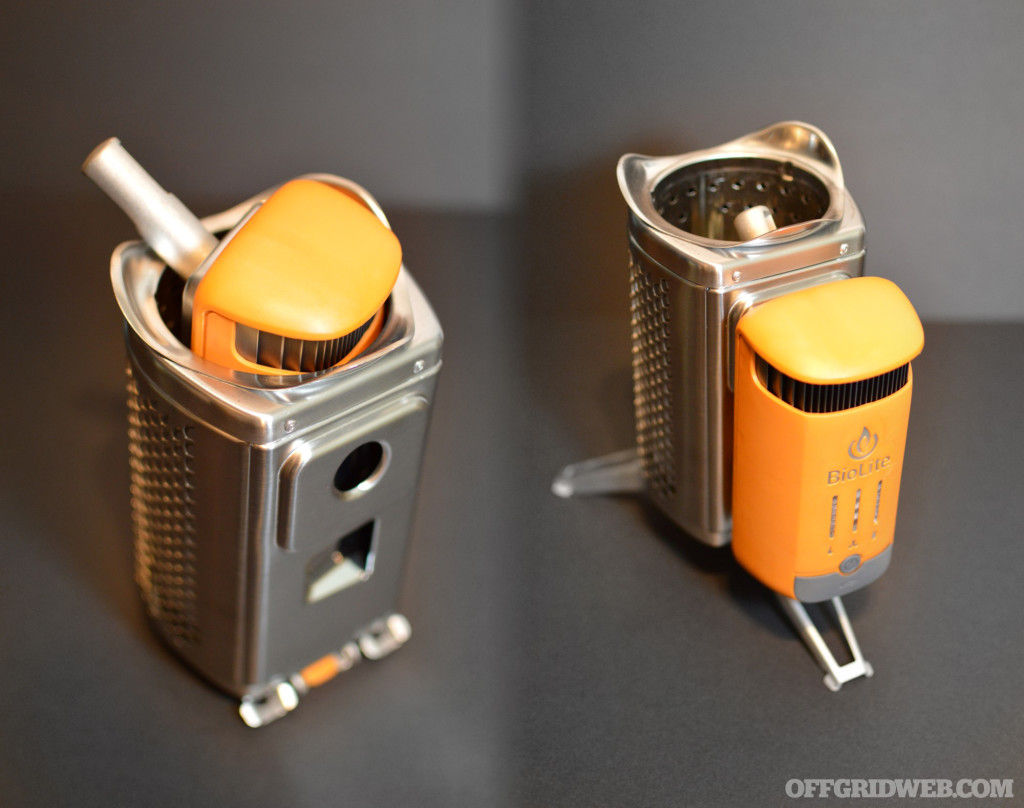
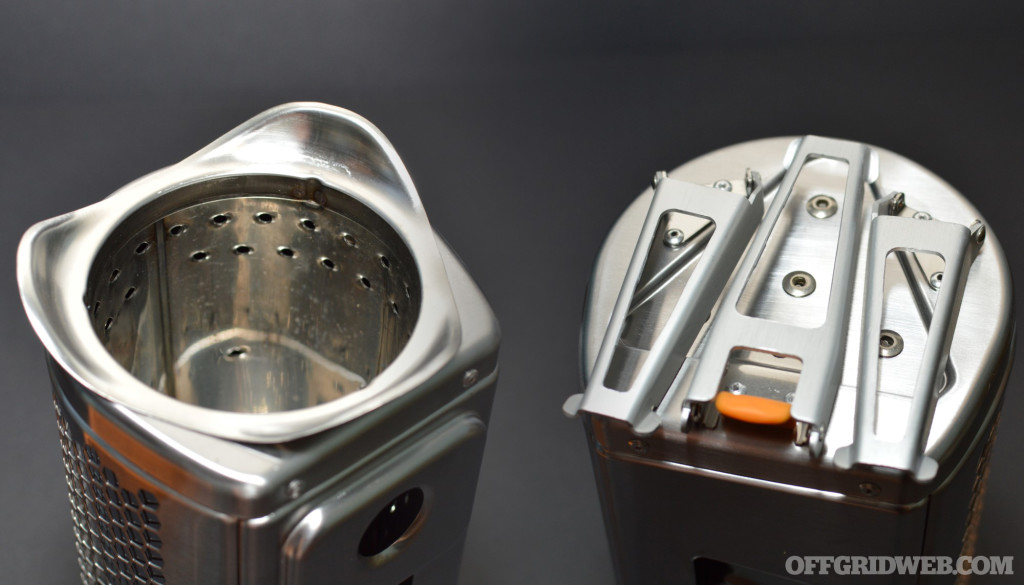
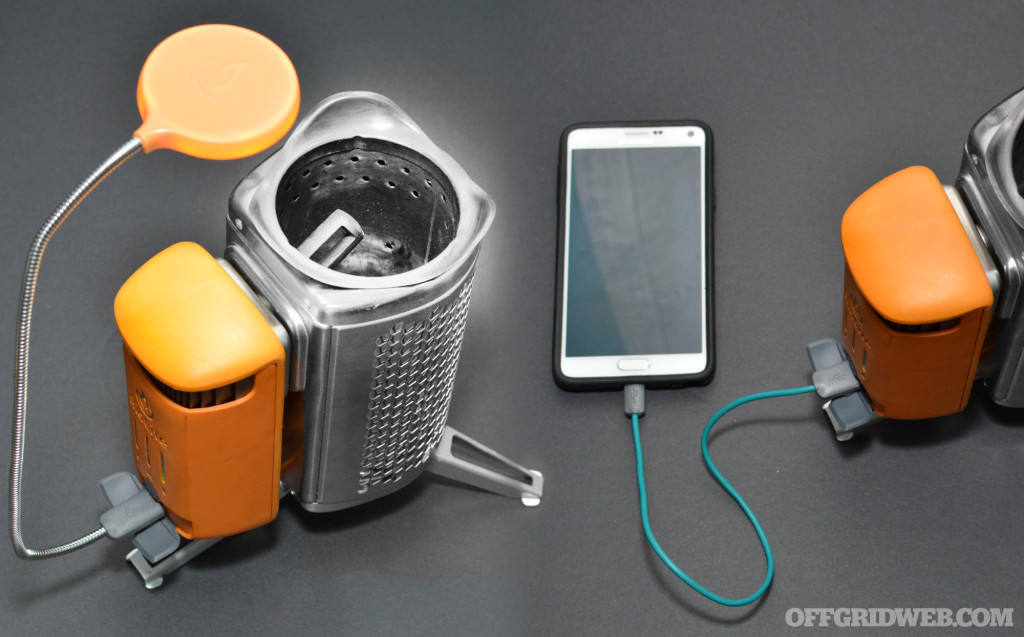
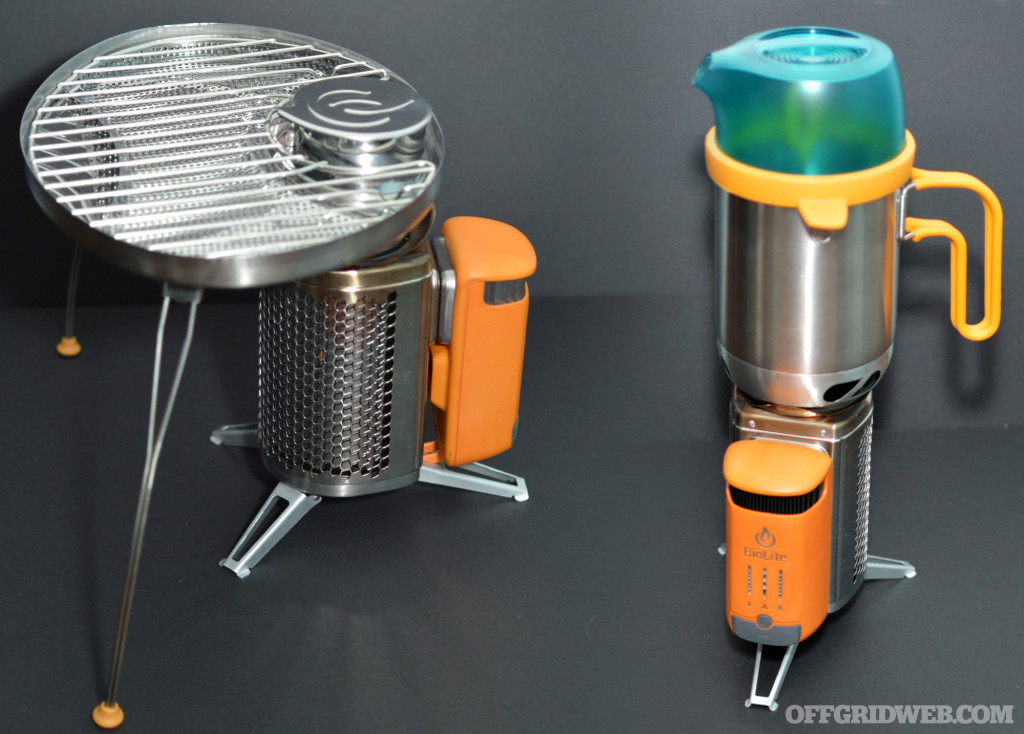
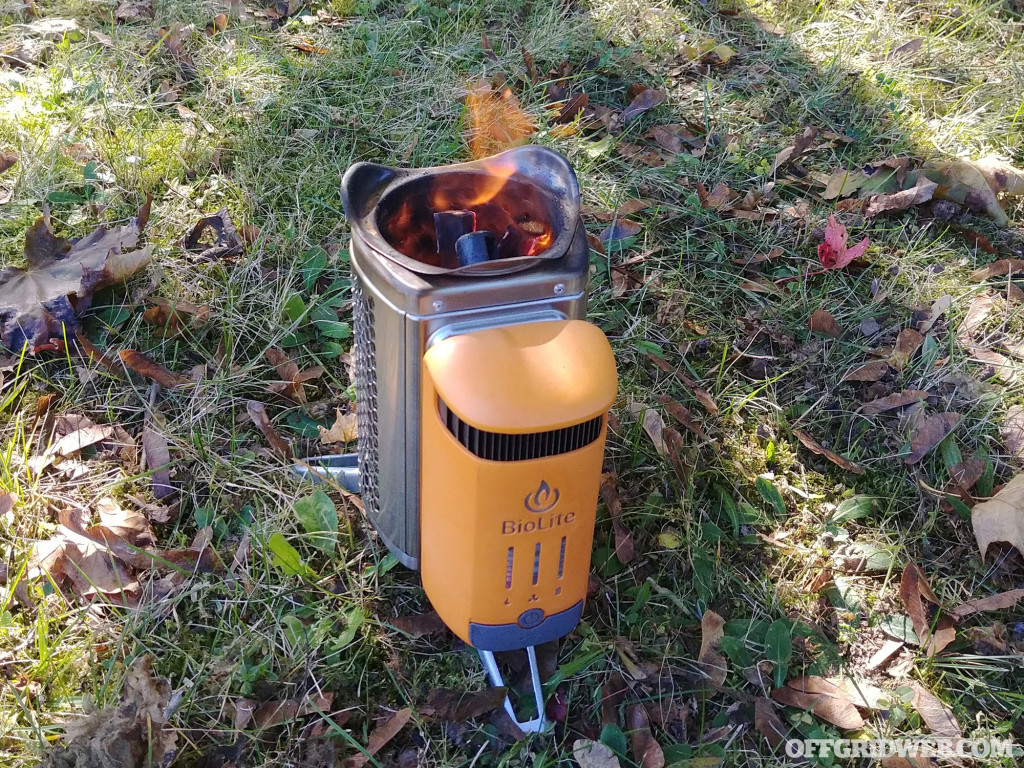

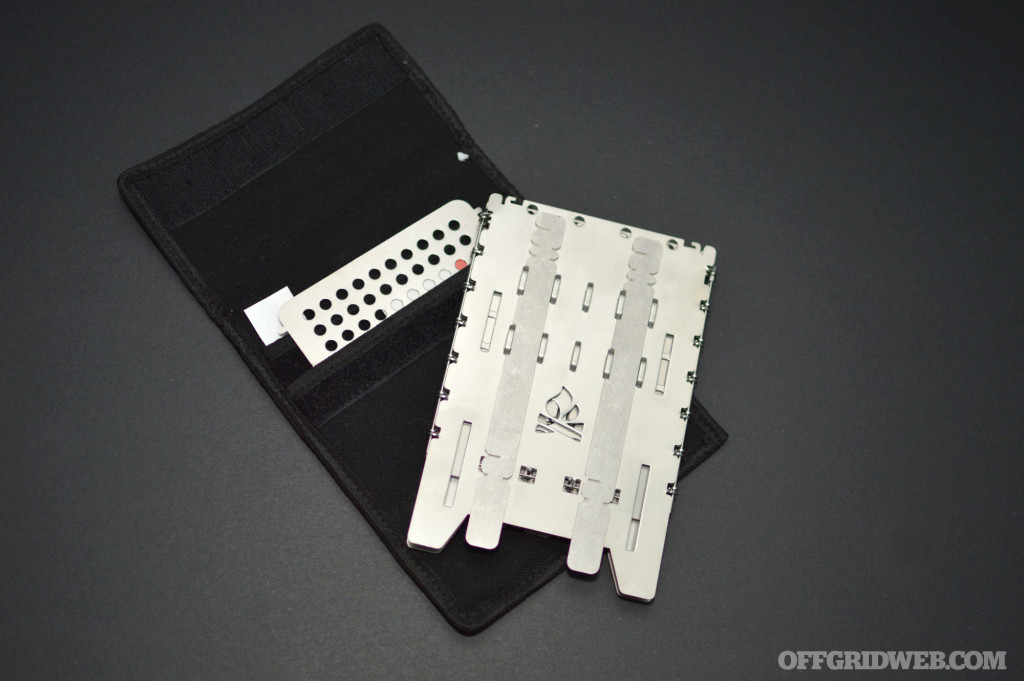



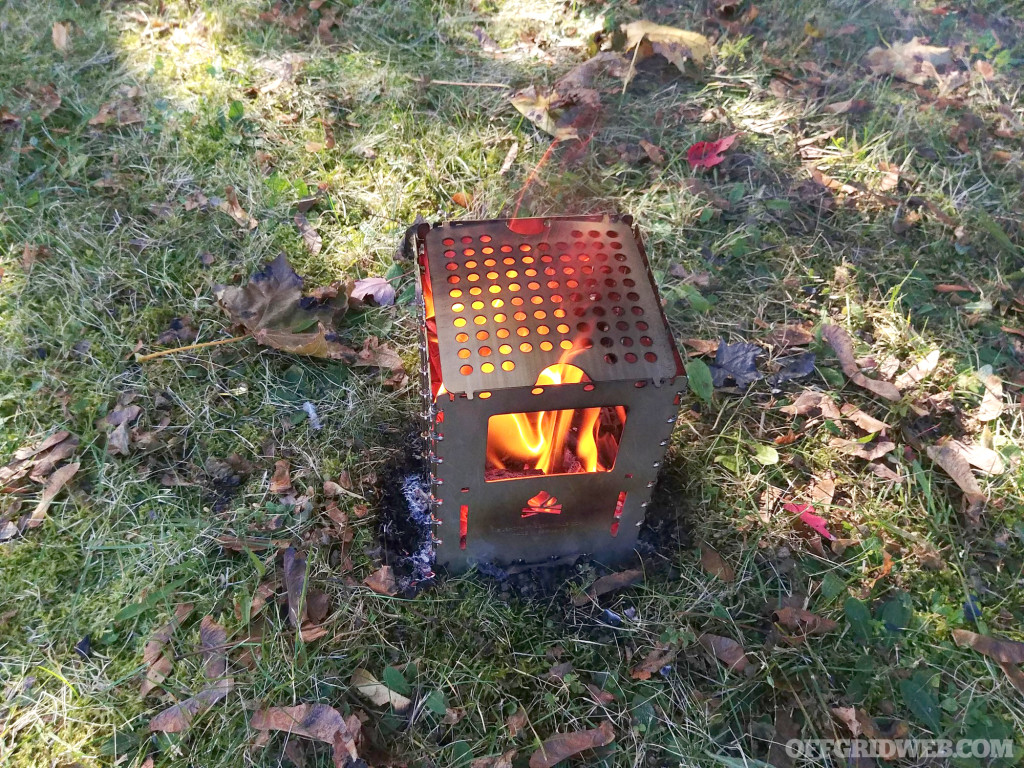
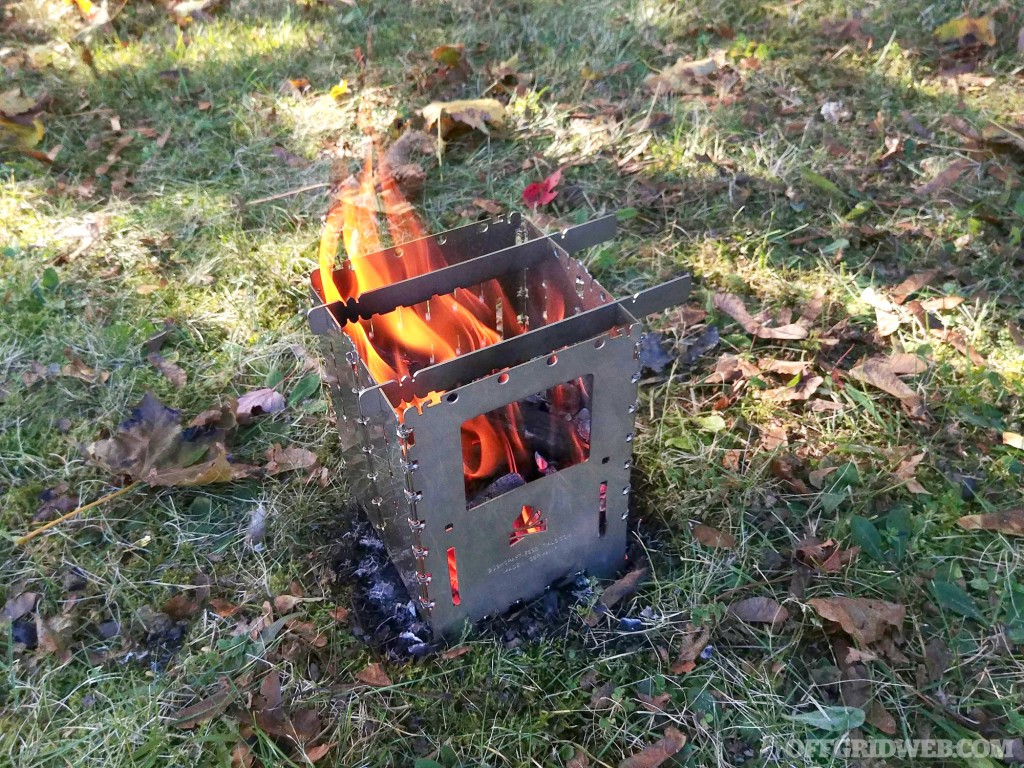
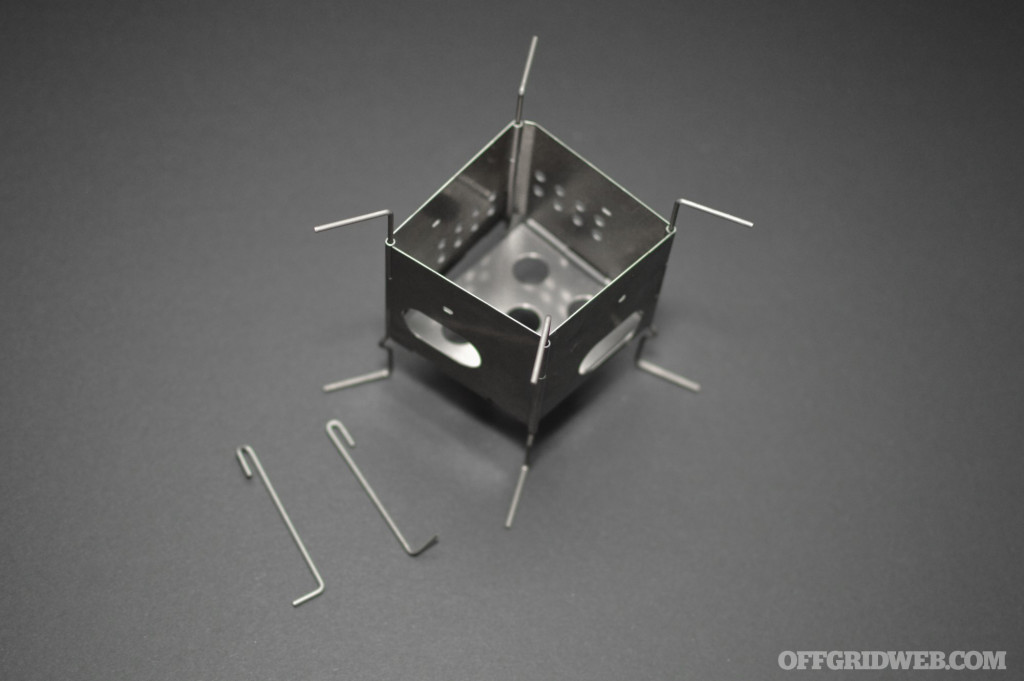
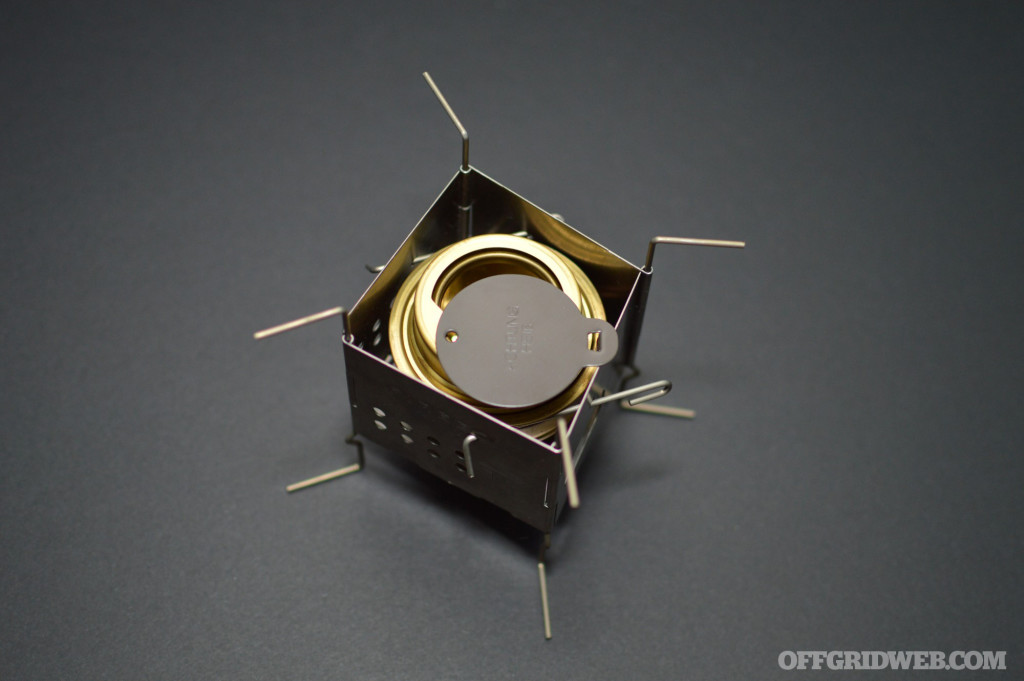





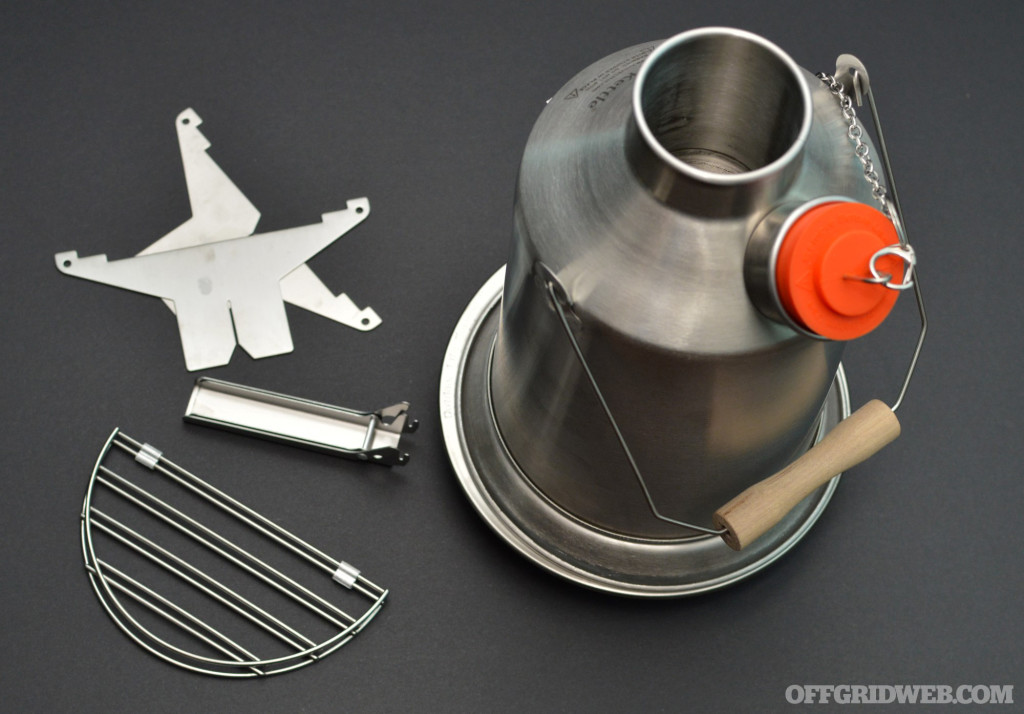
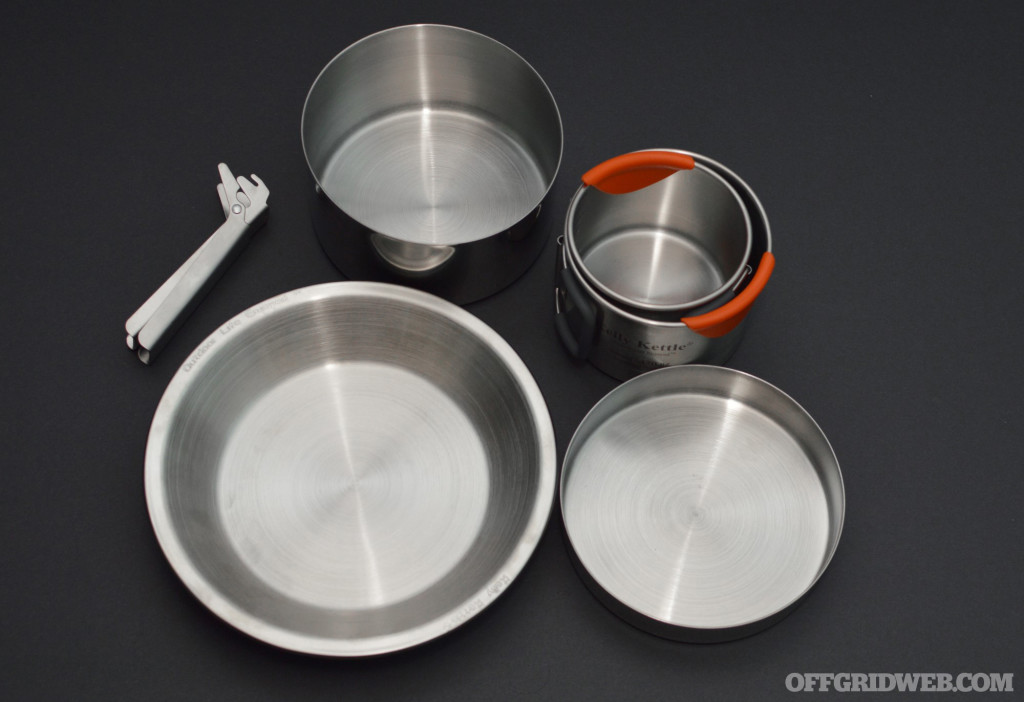
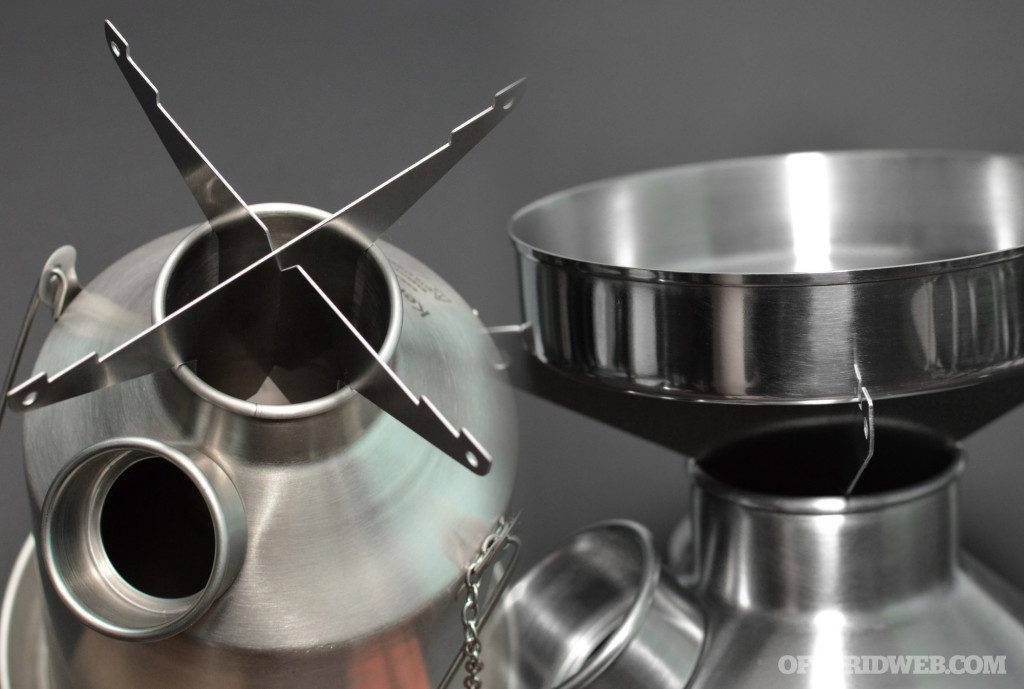
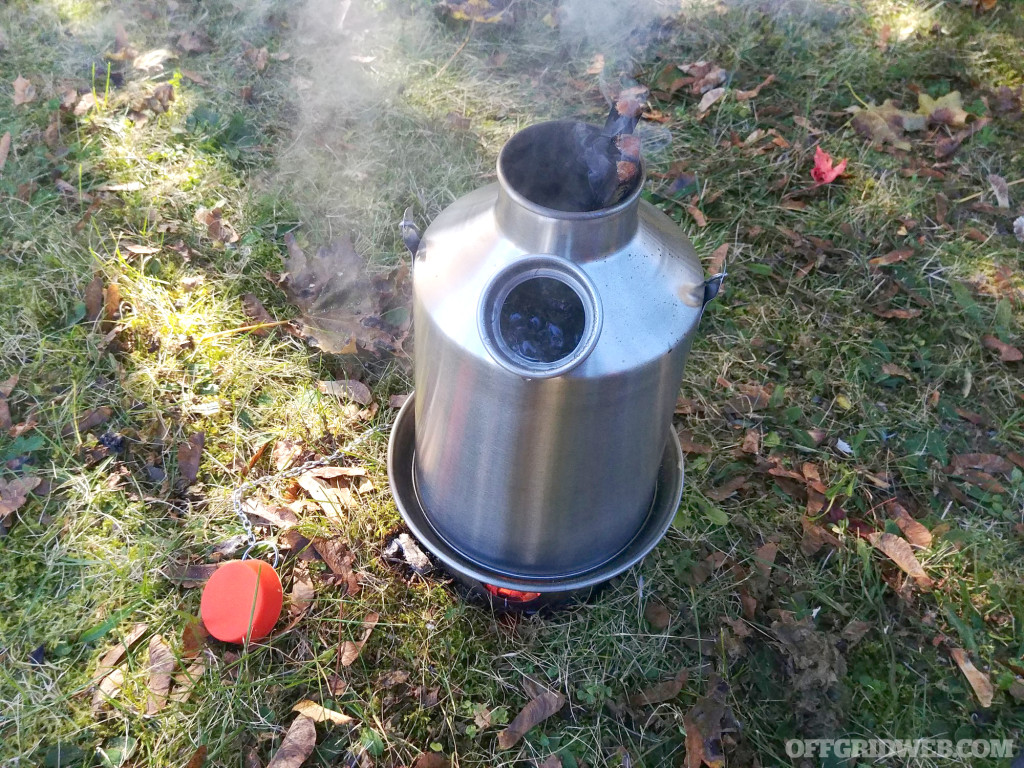
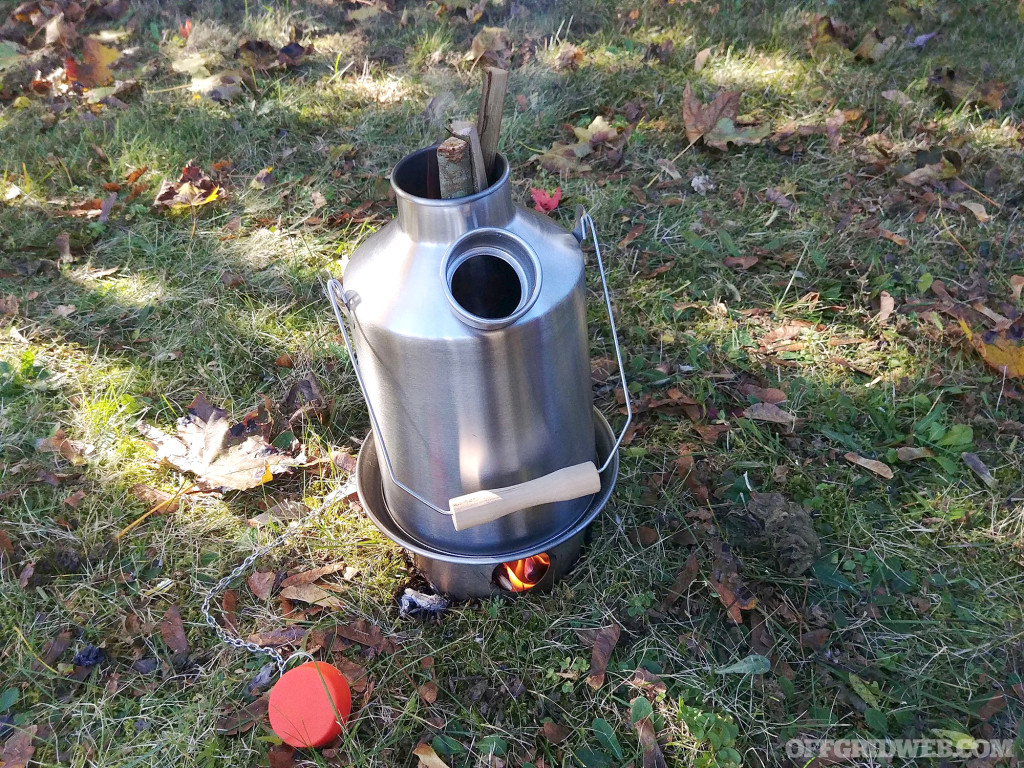
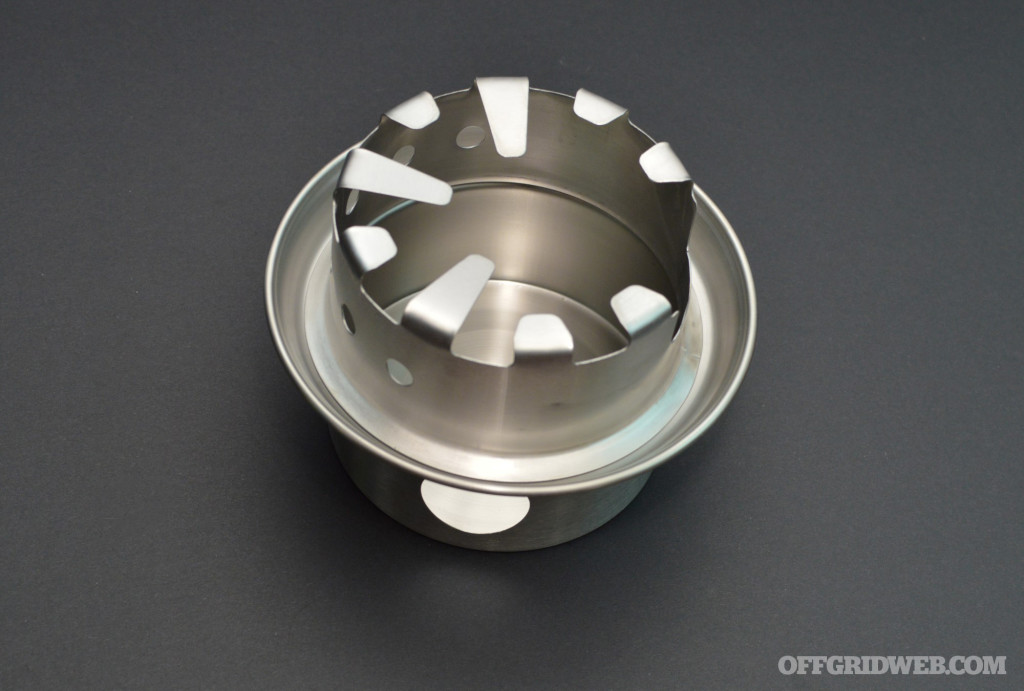
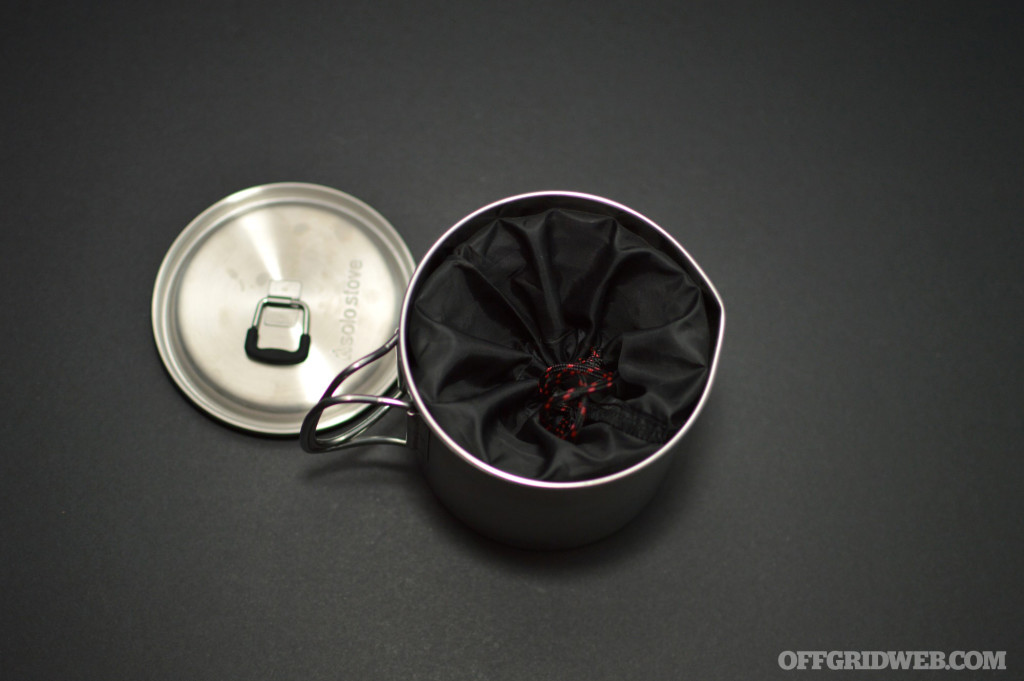


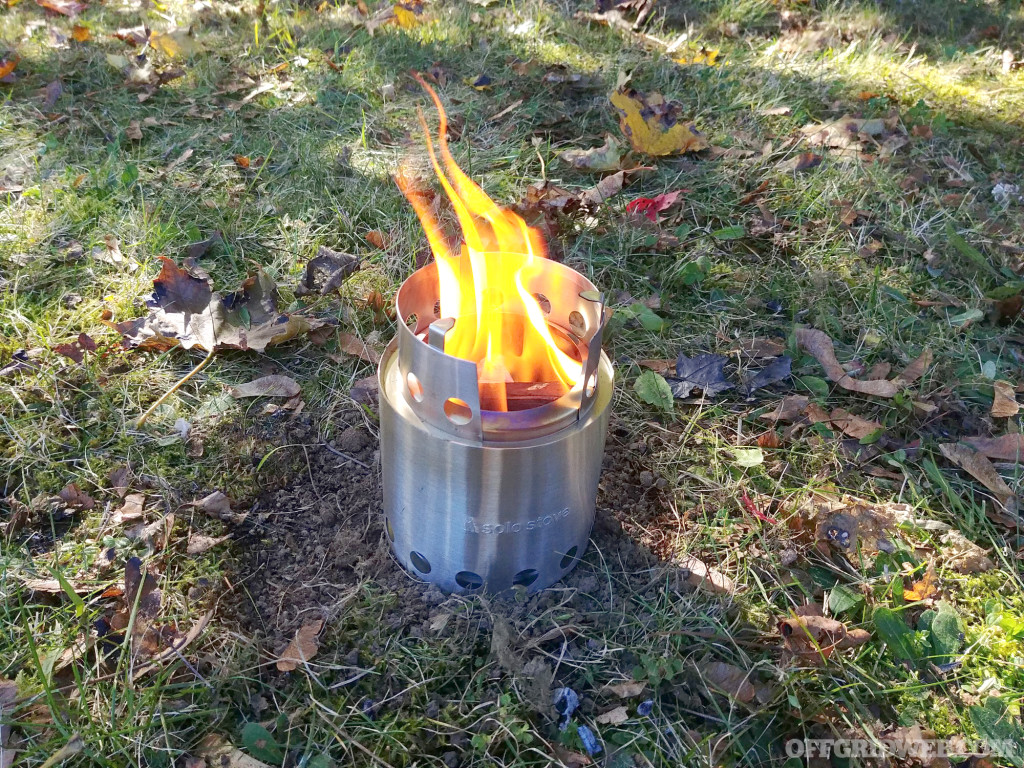
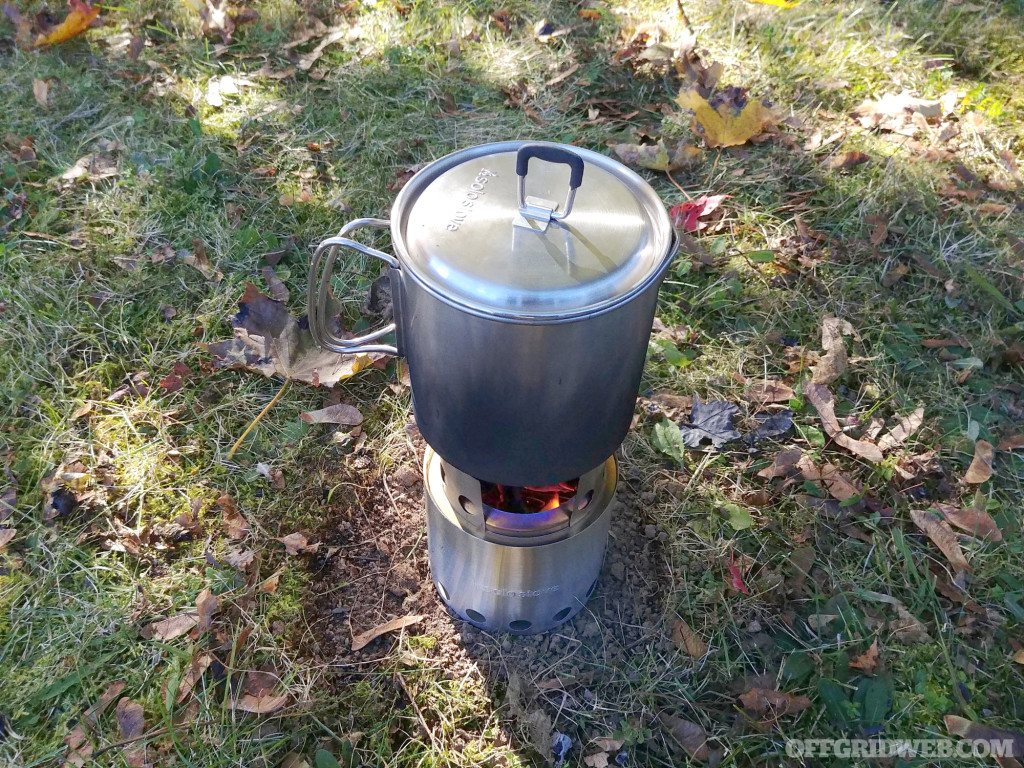
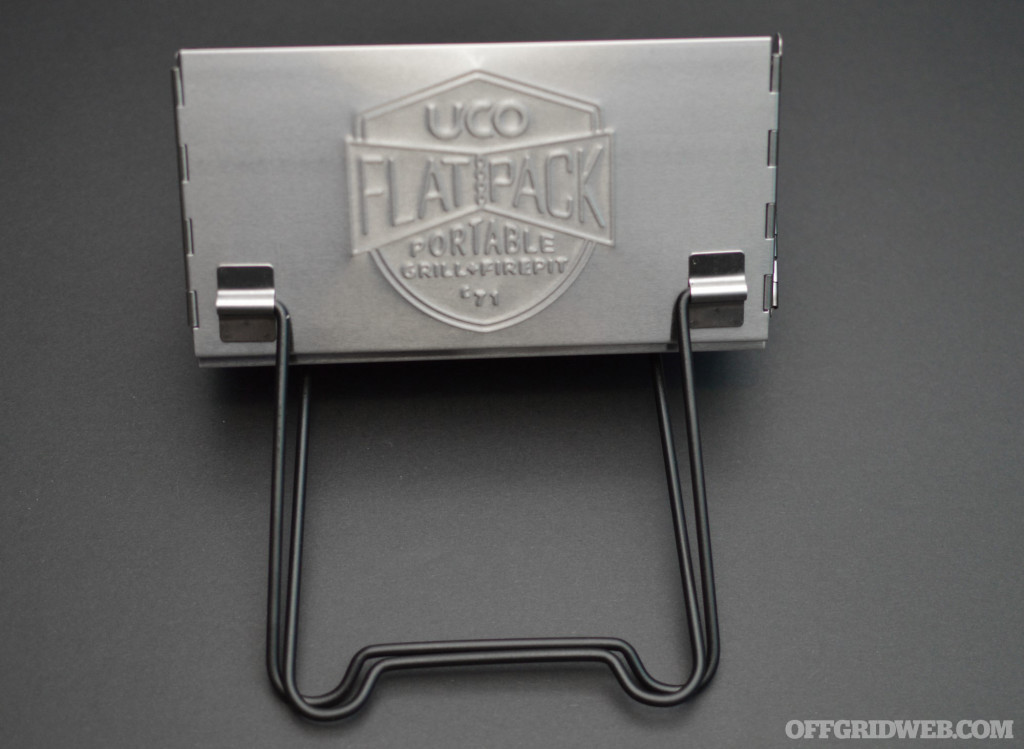
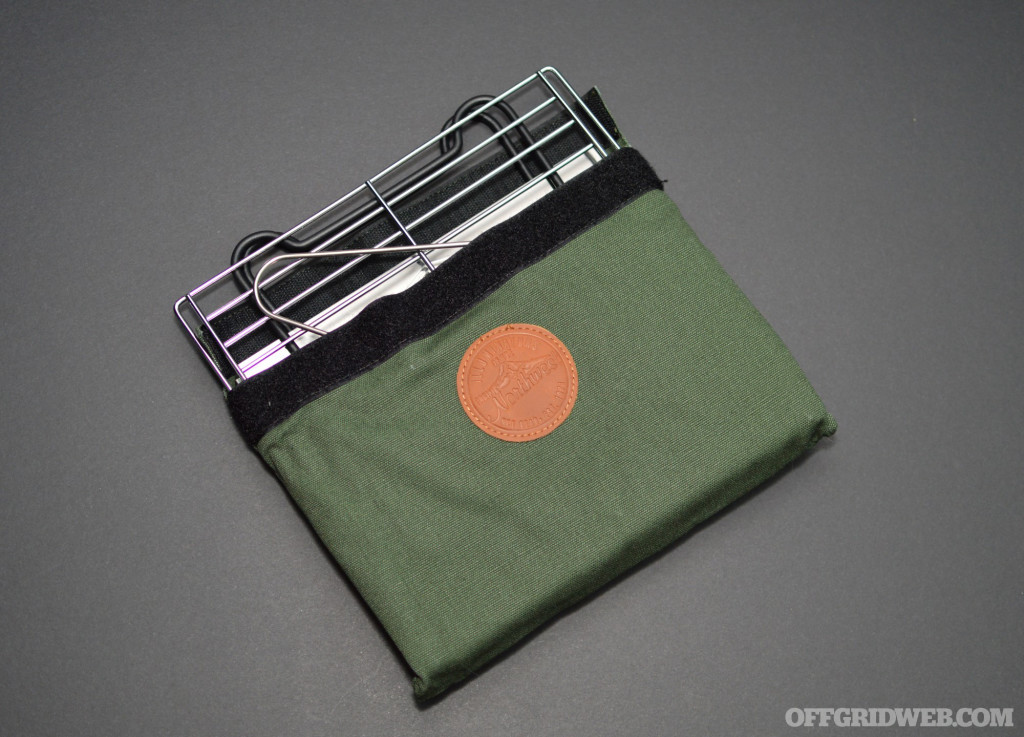
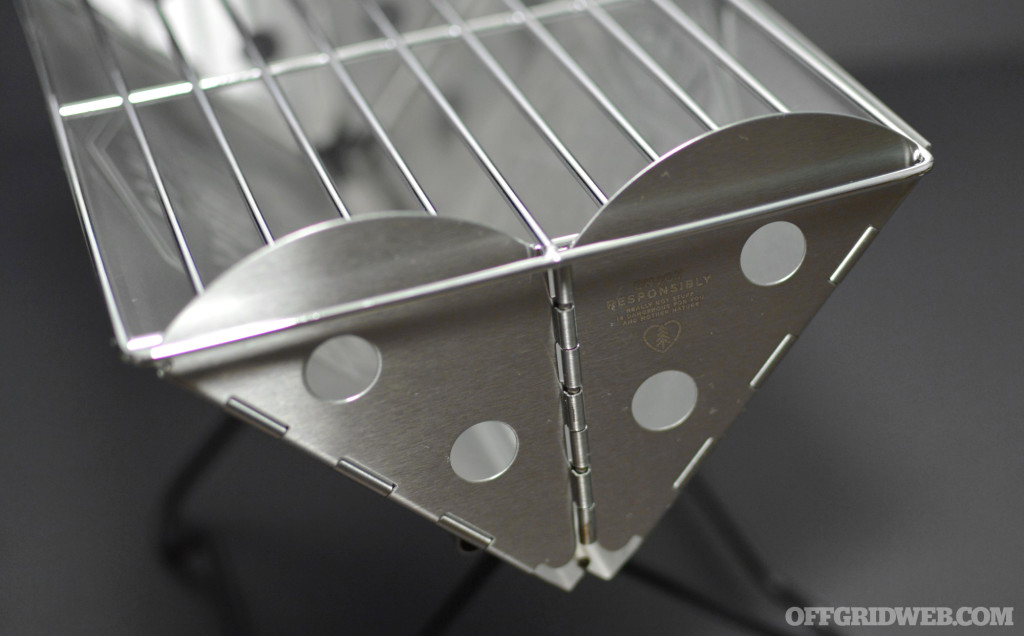
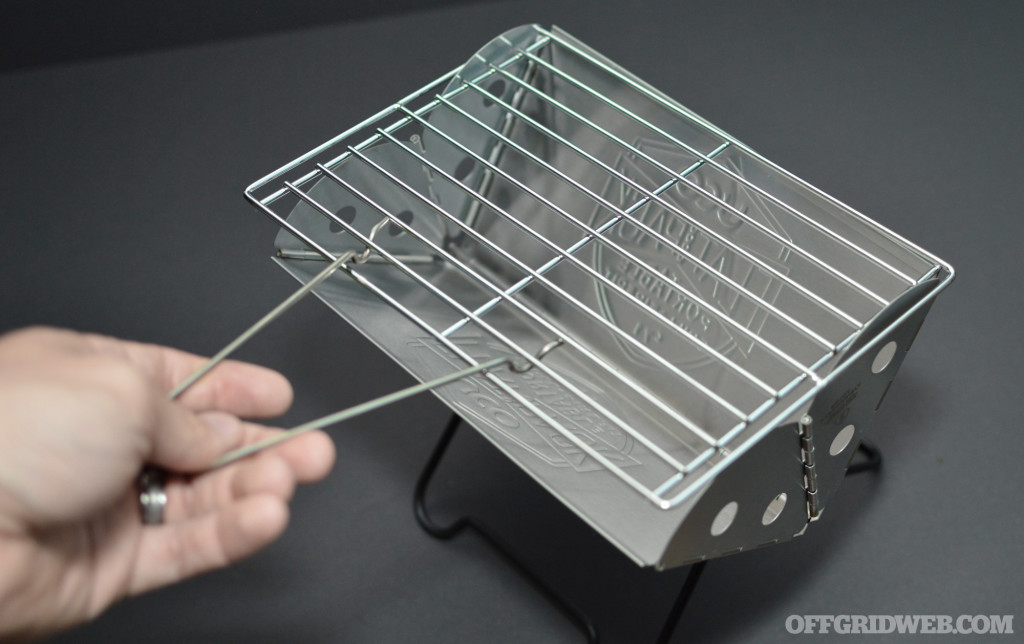
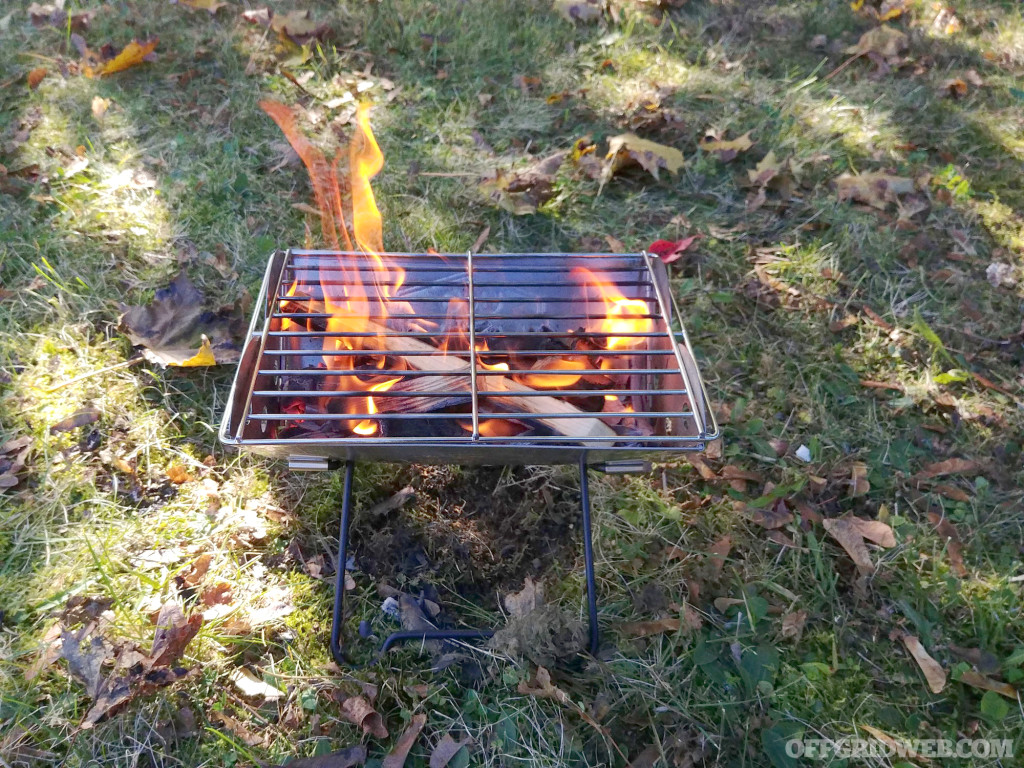

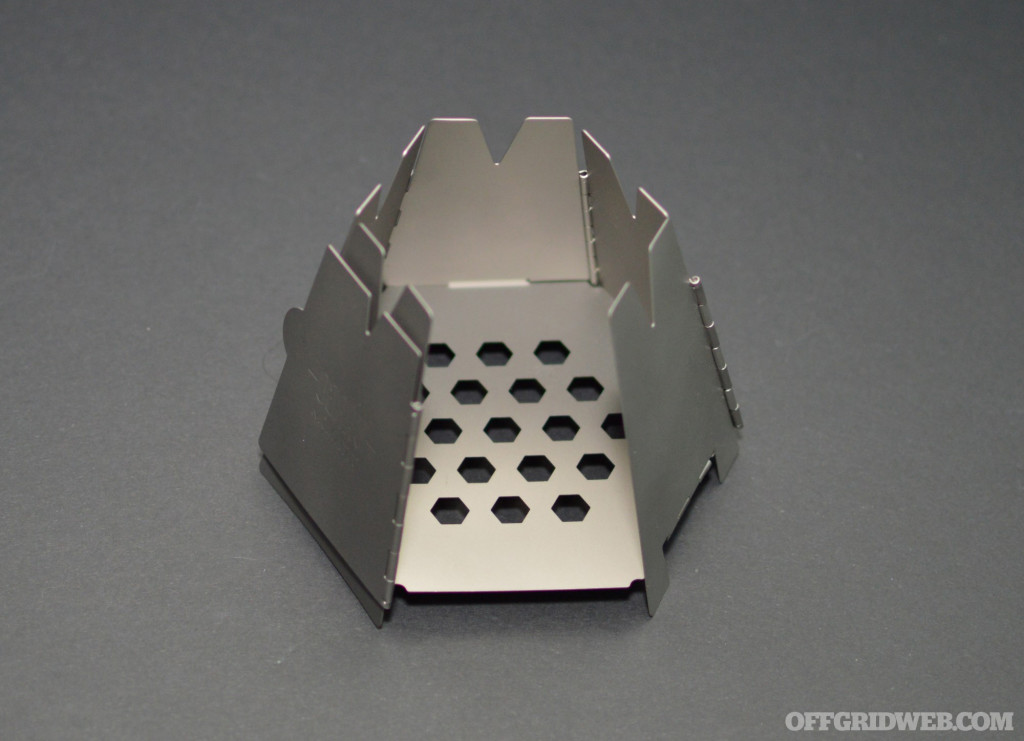
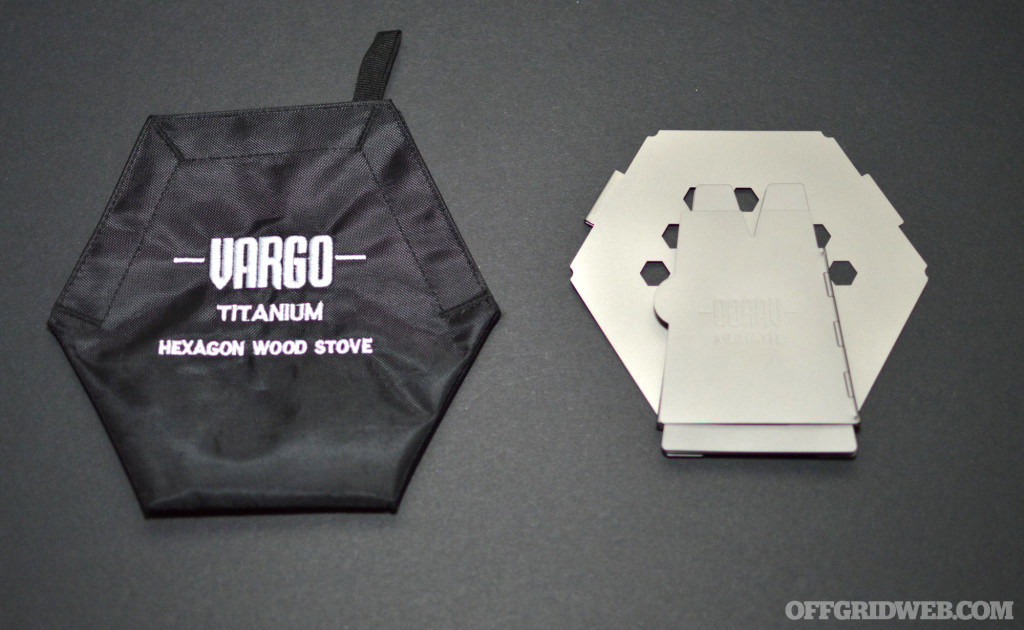
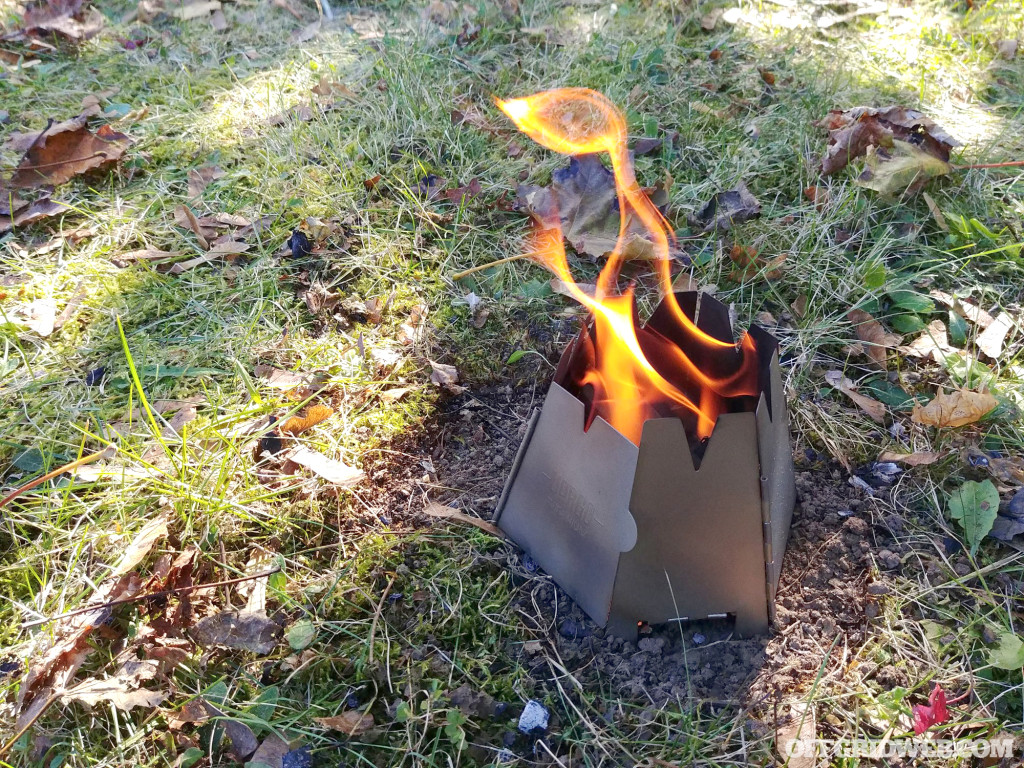
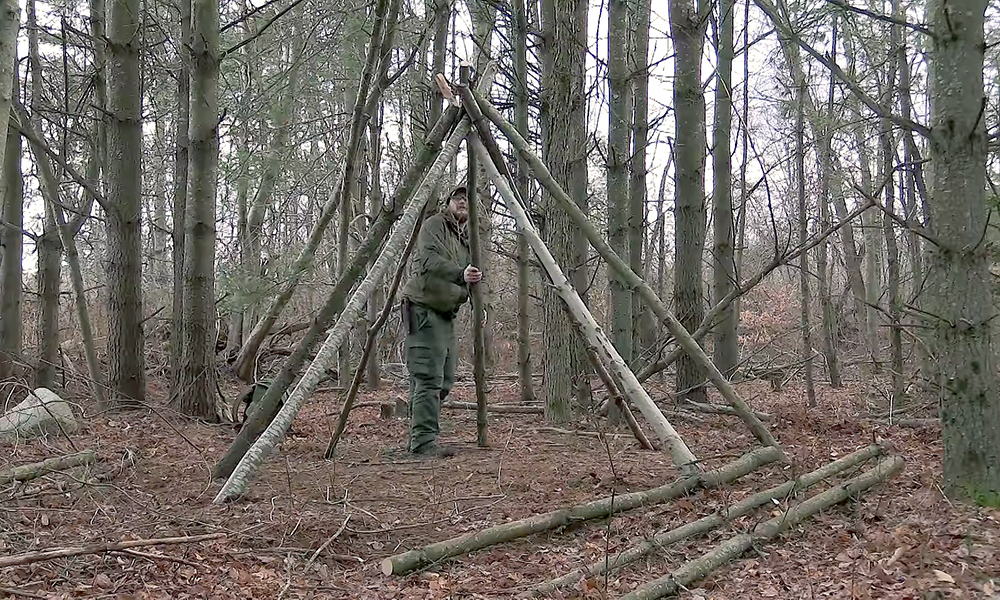
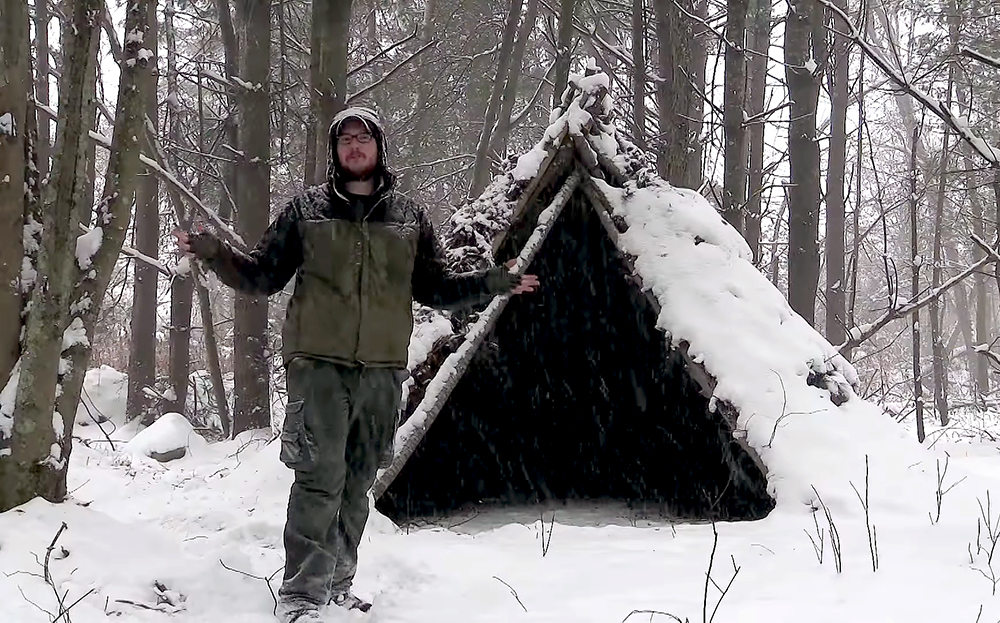
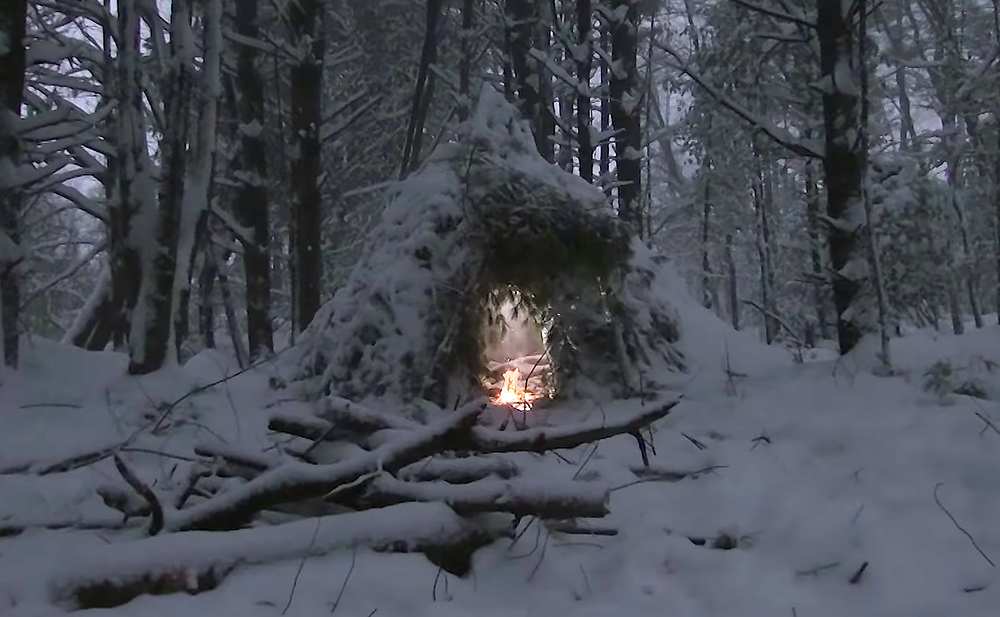
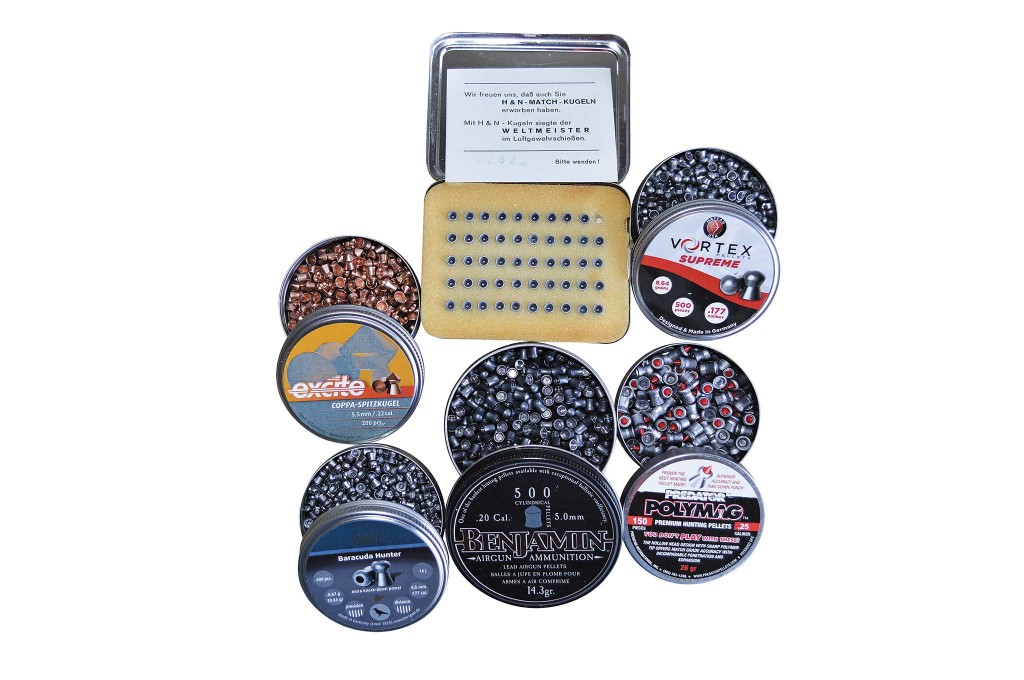
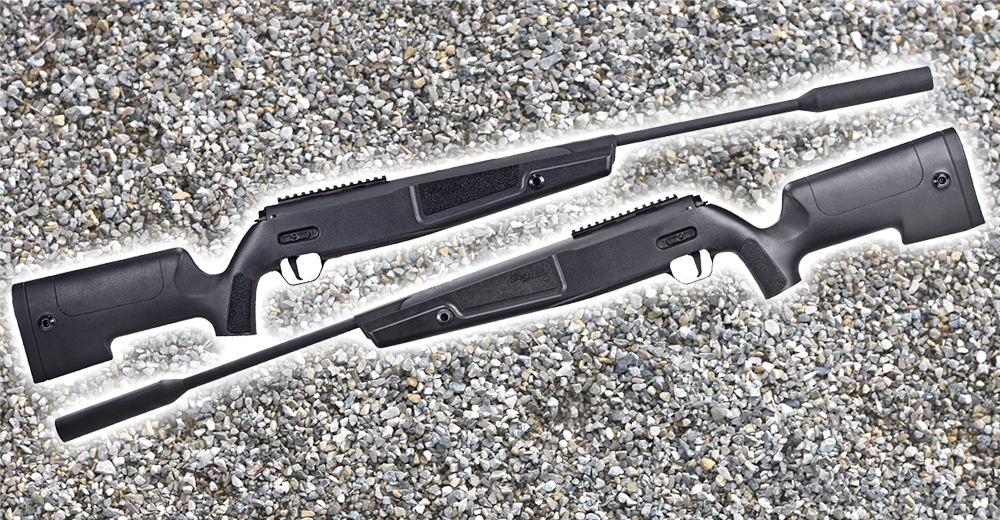






 Tim MacWelch
Tim MacWelch Scott Finazzo
Scott Finazzo